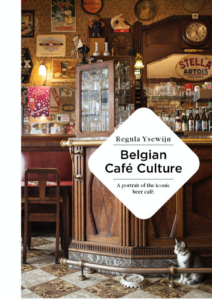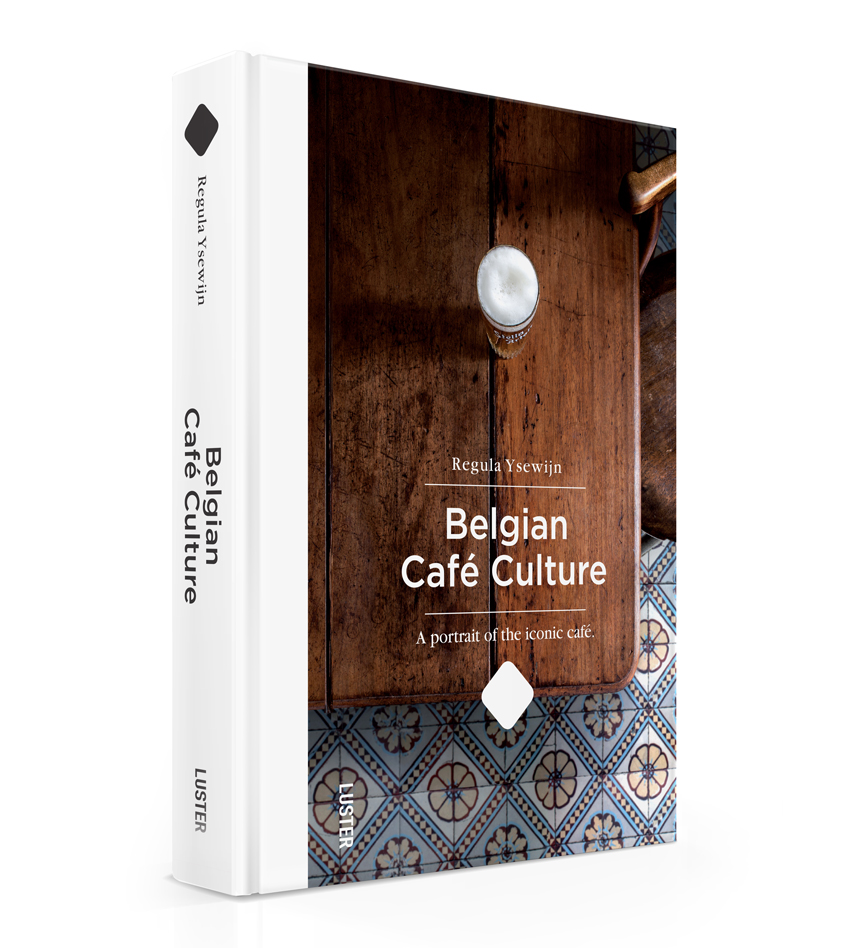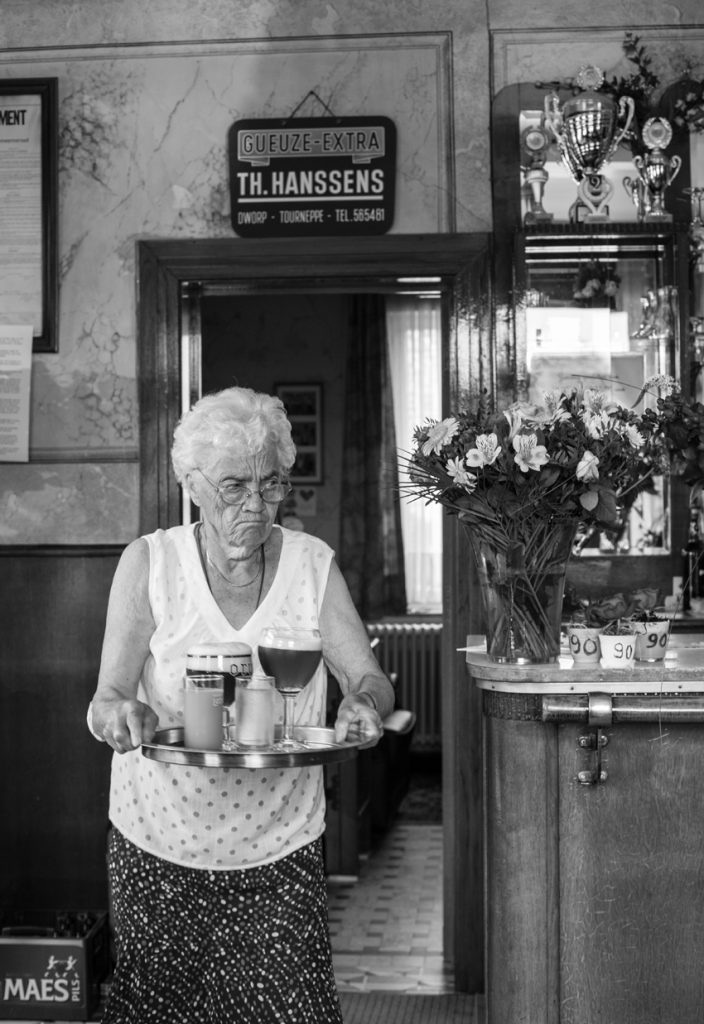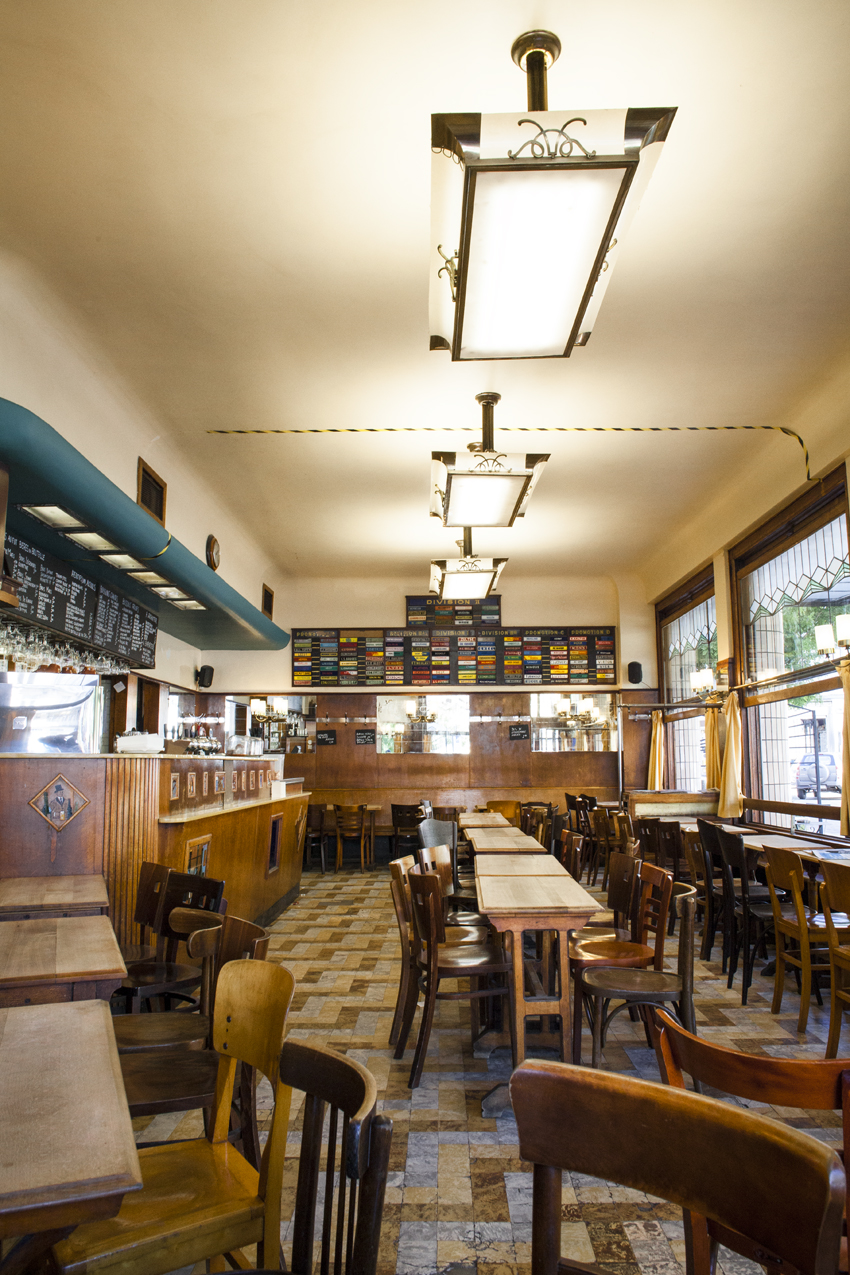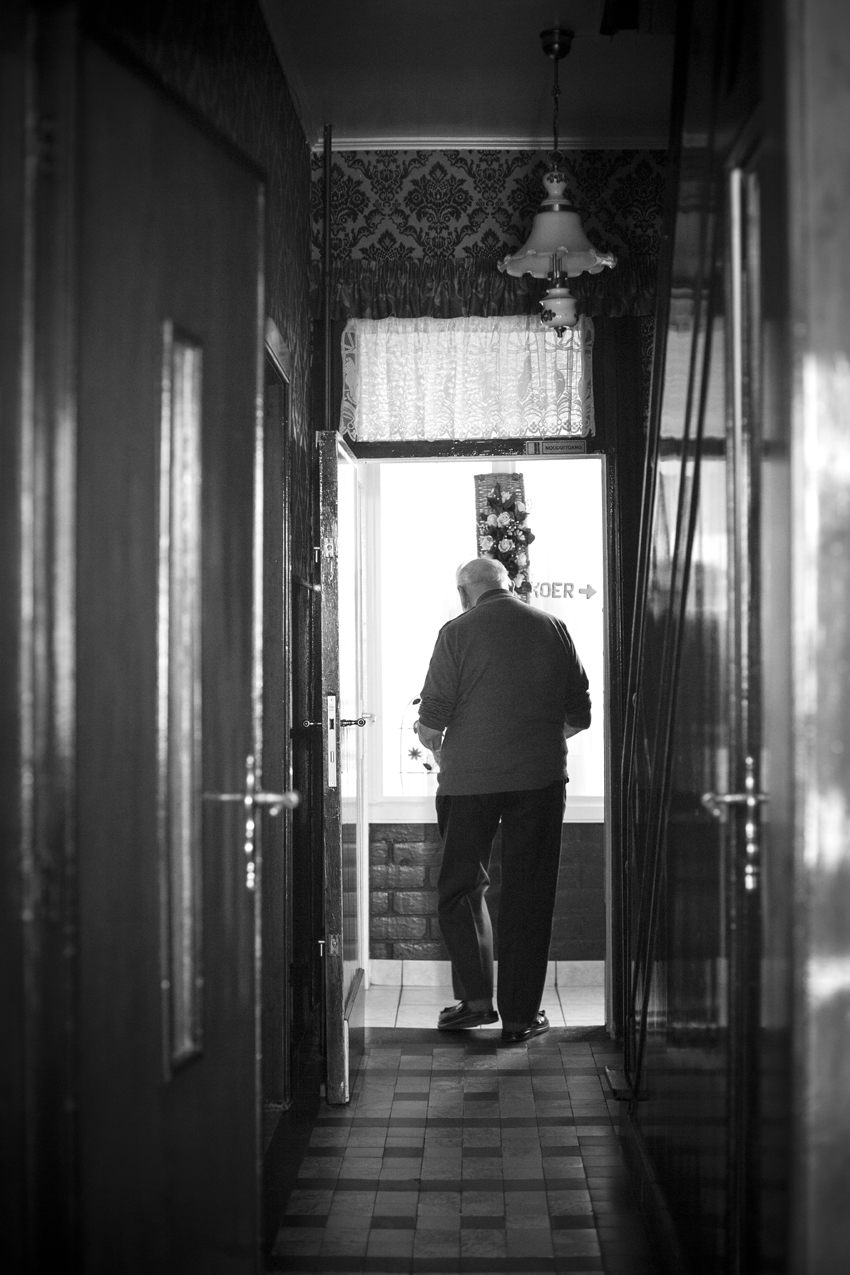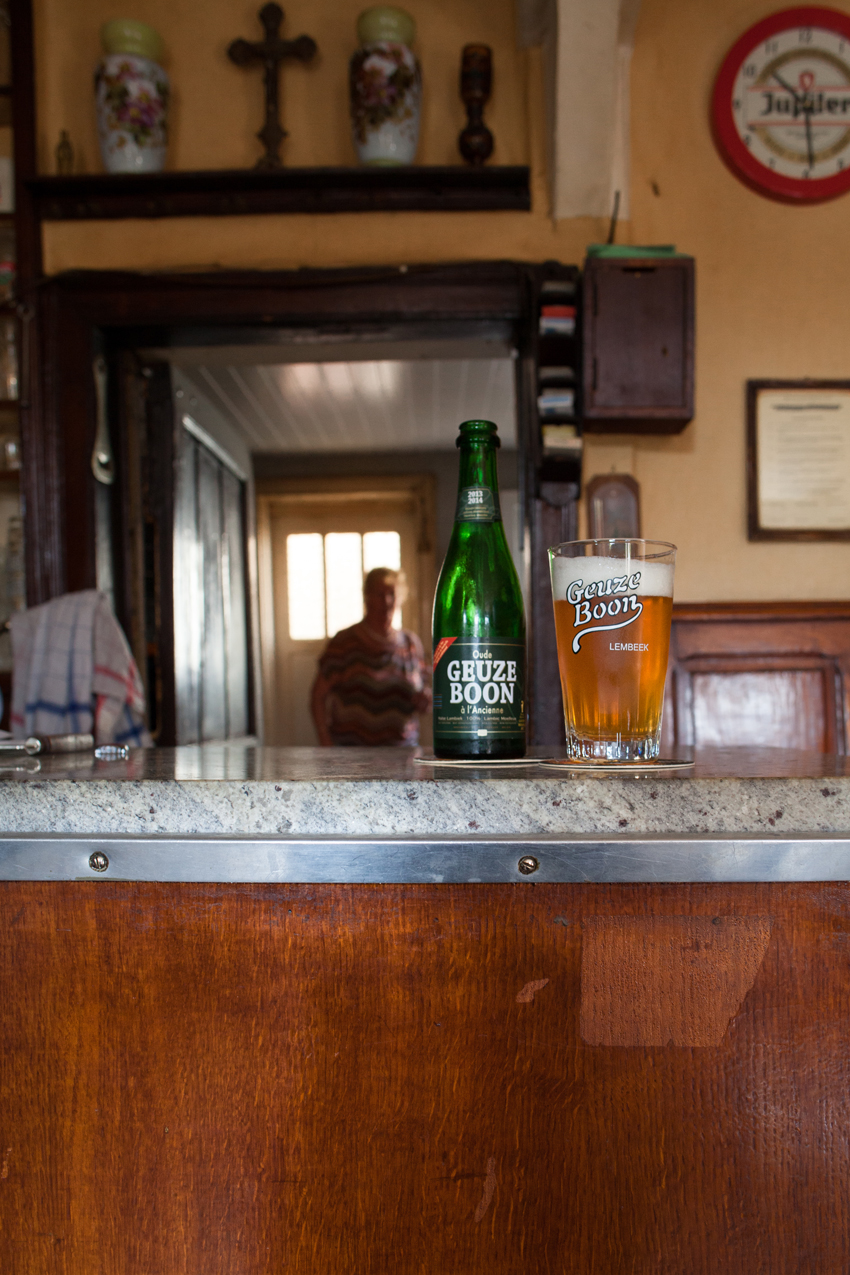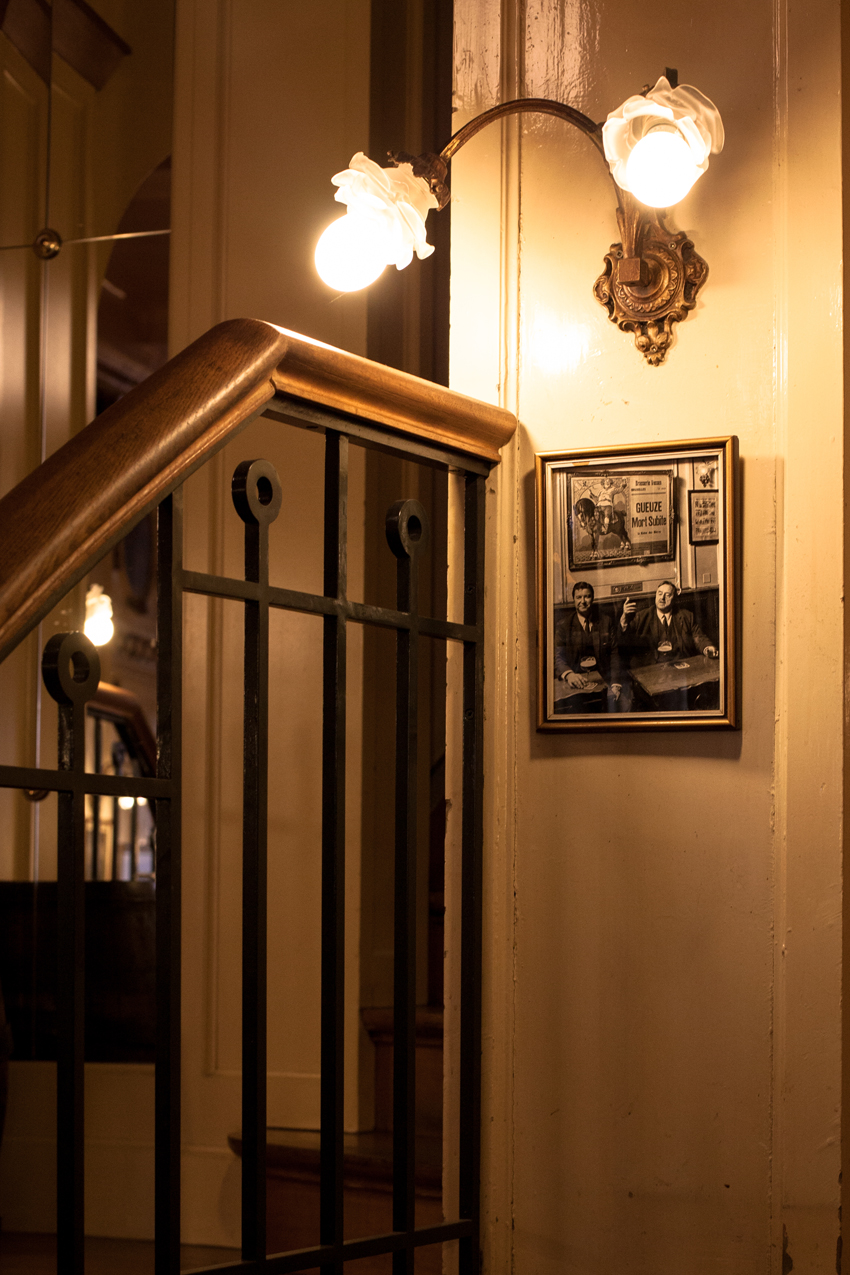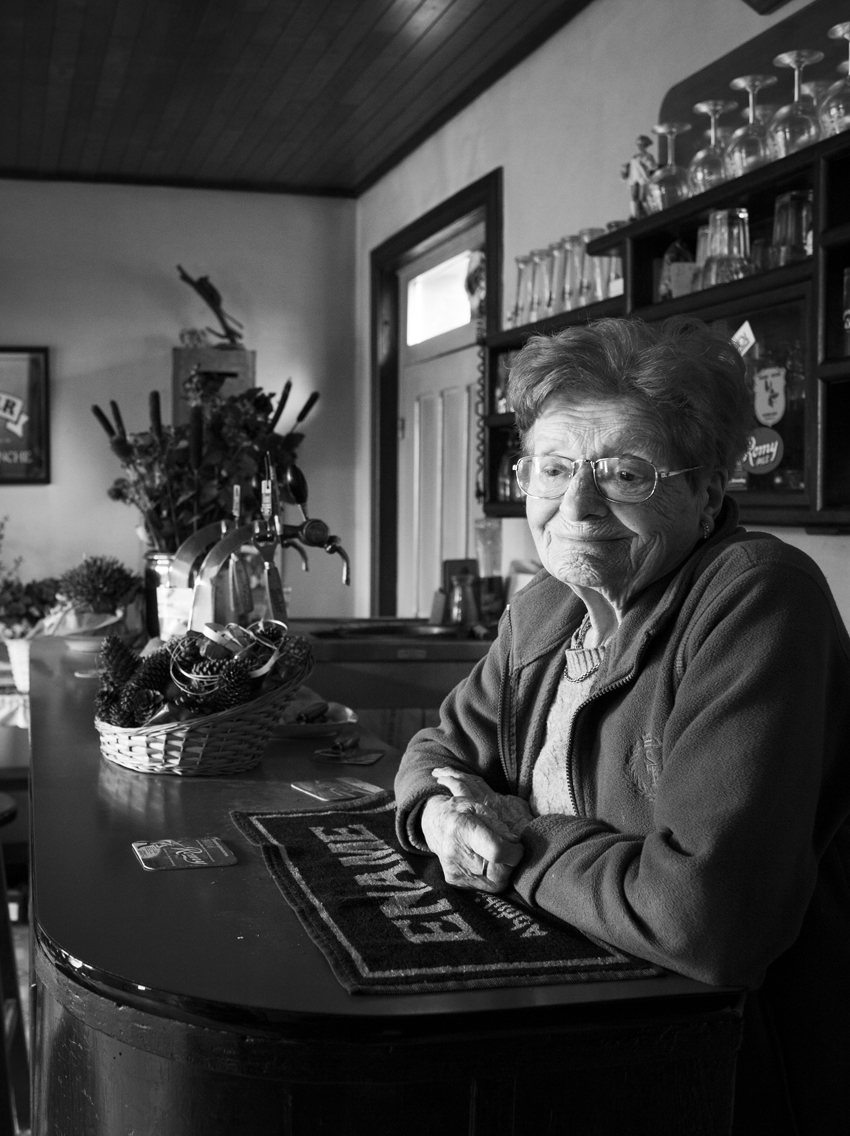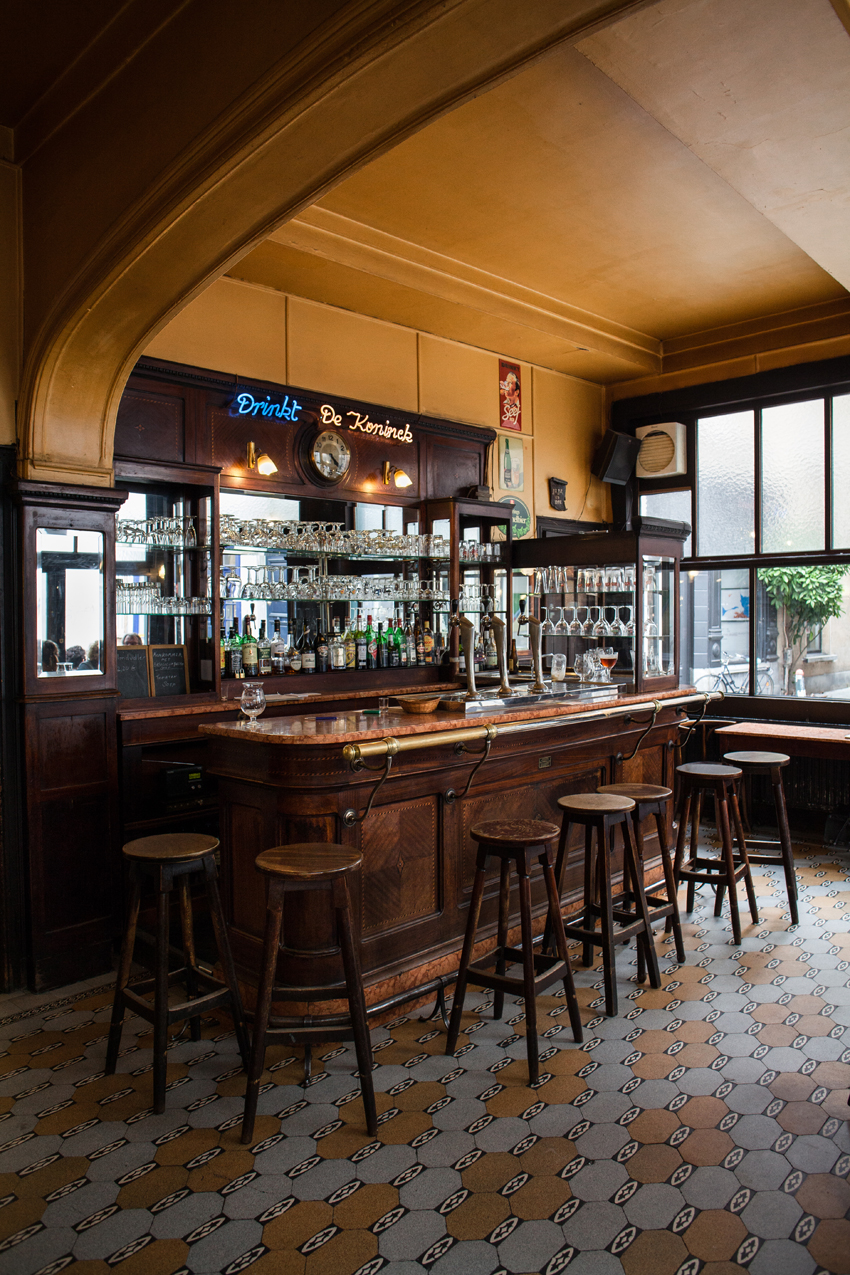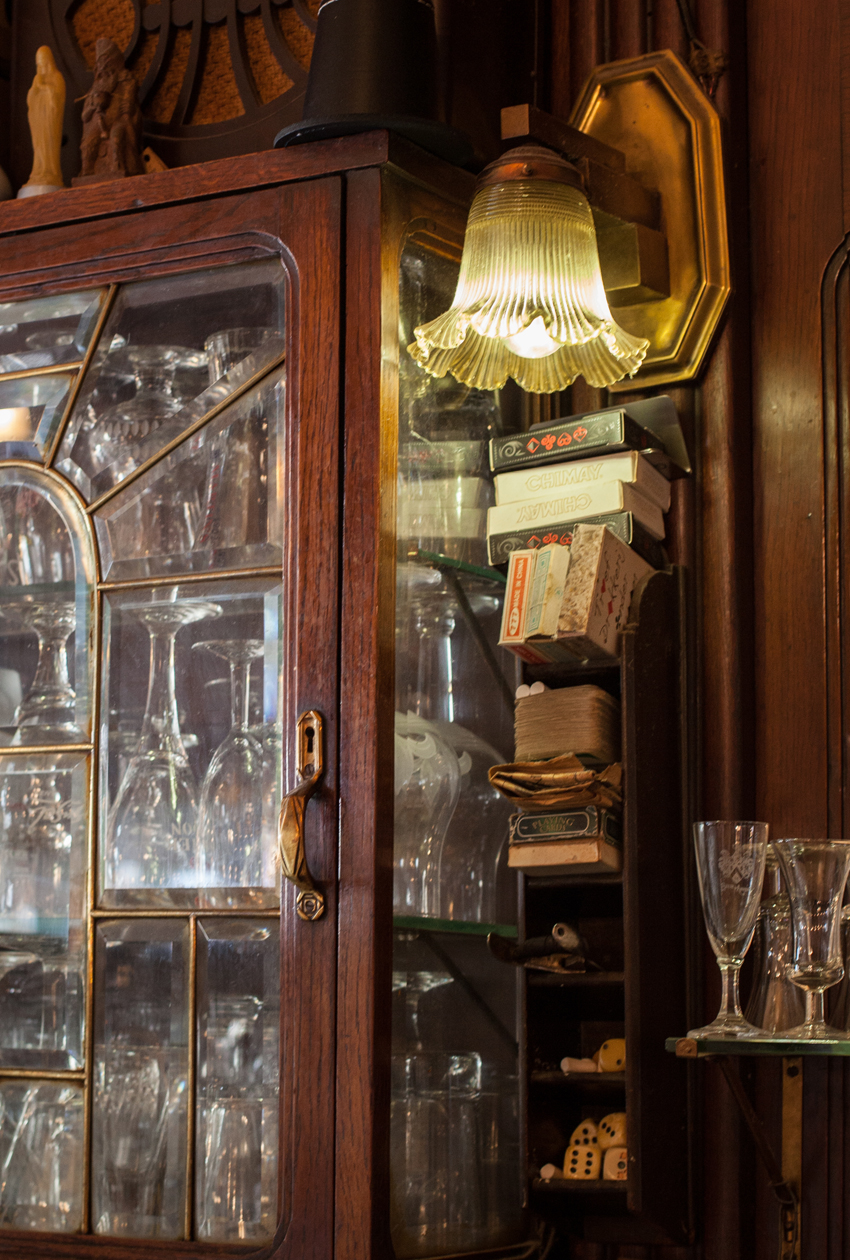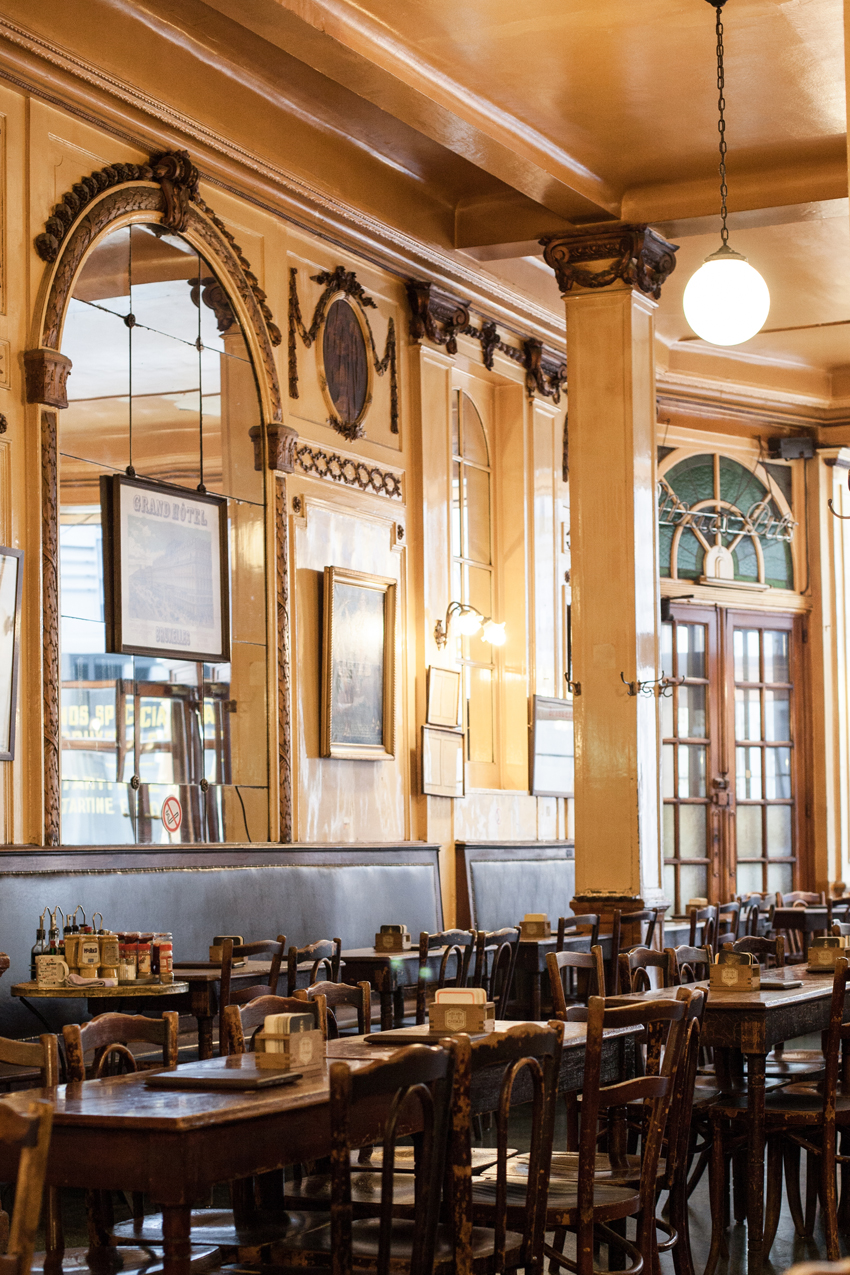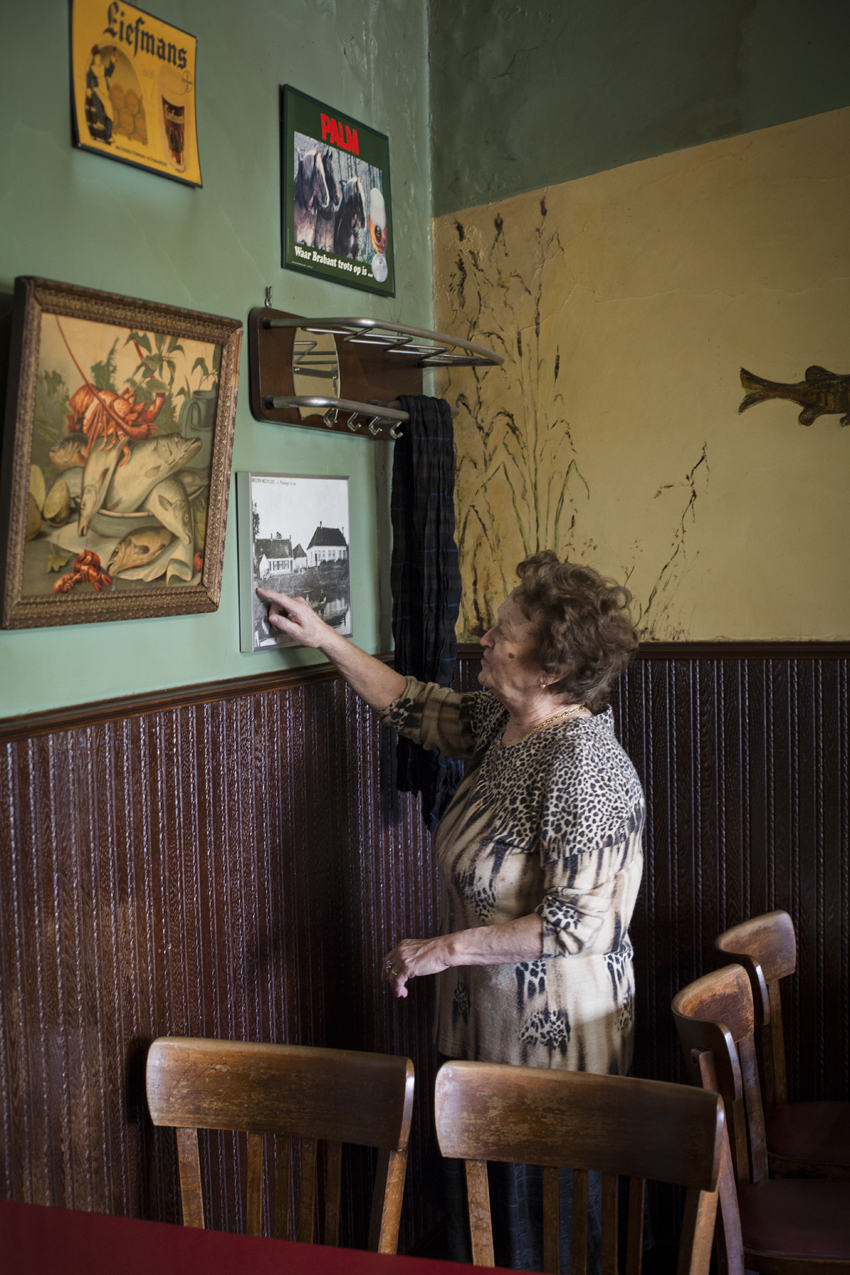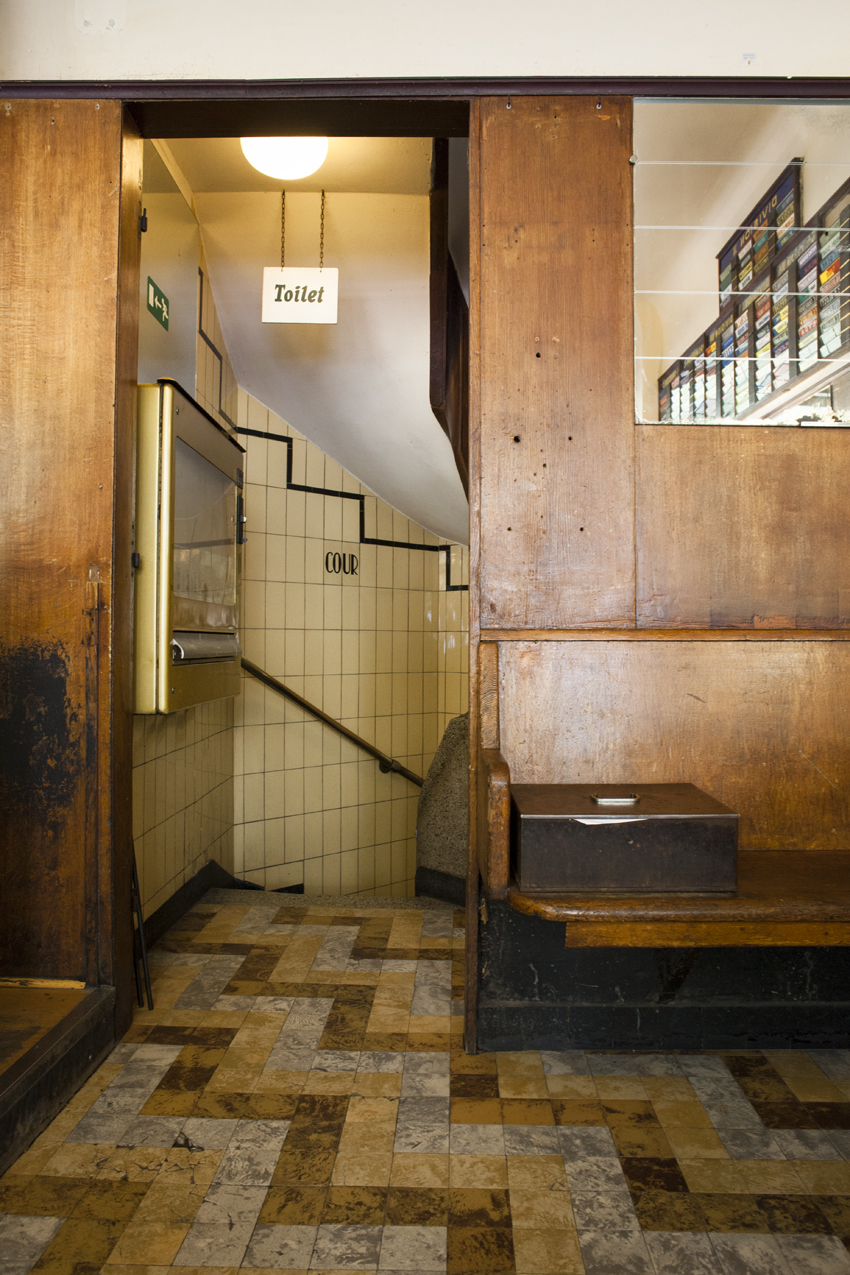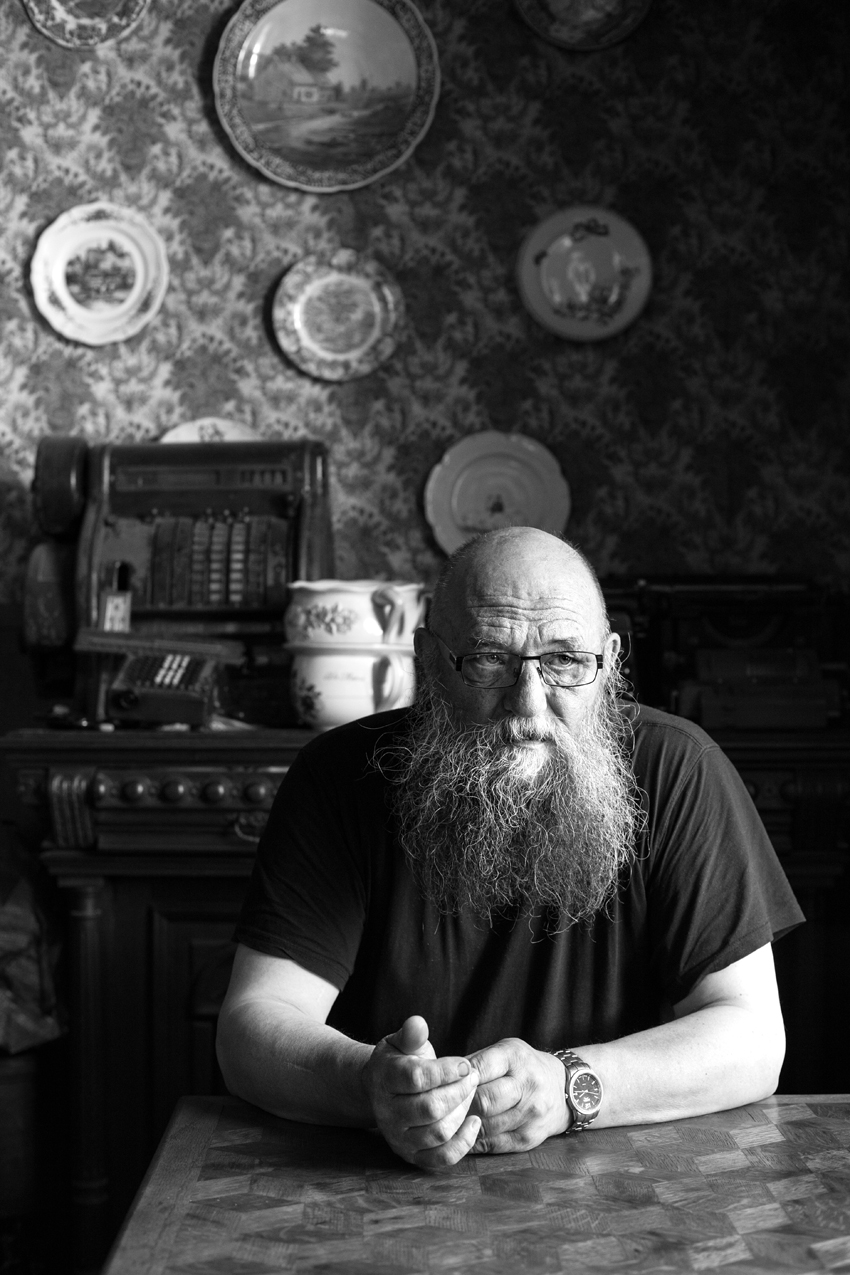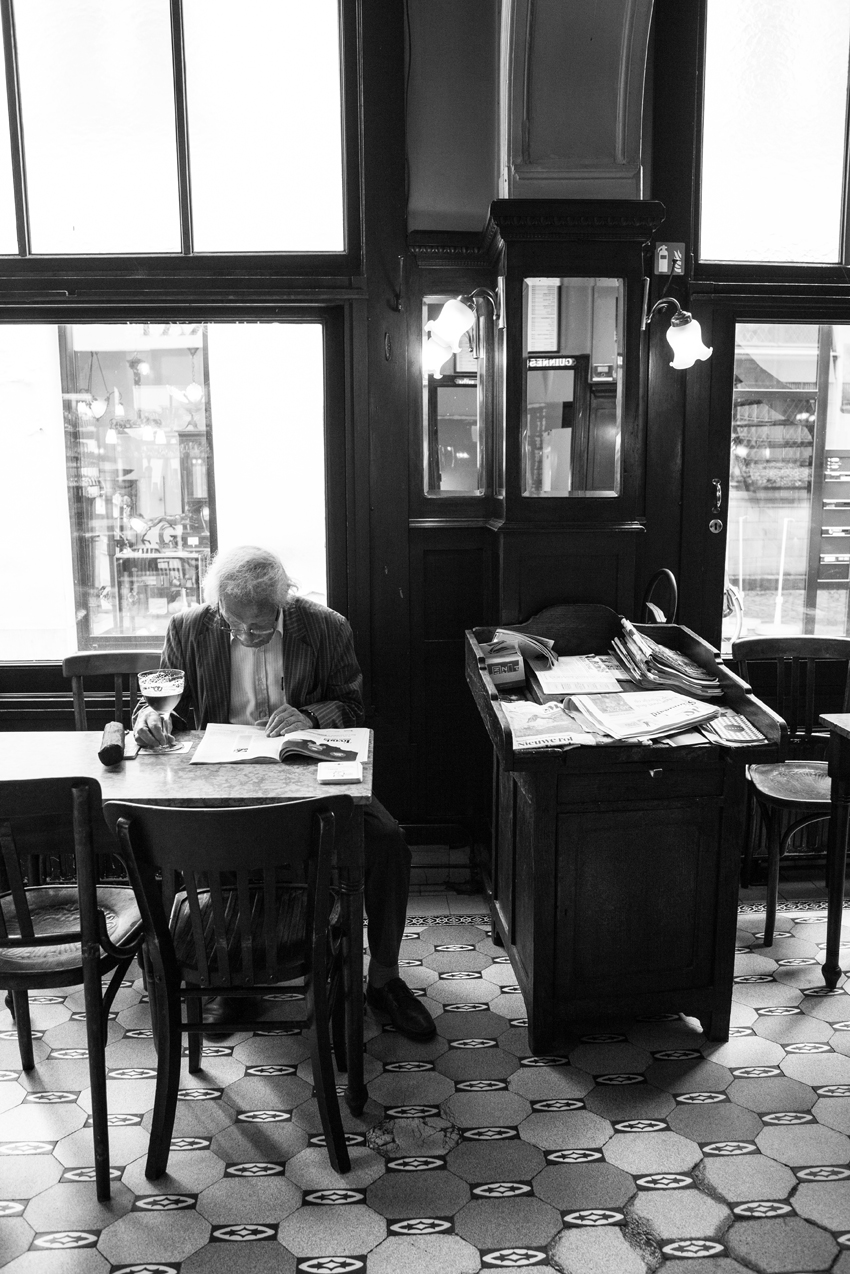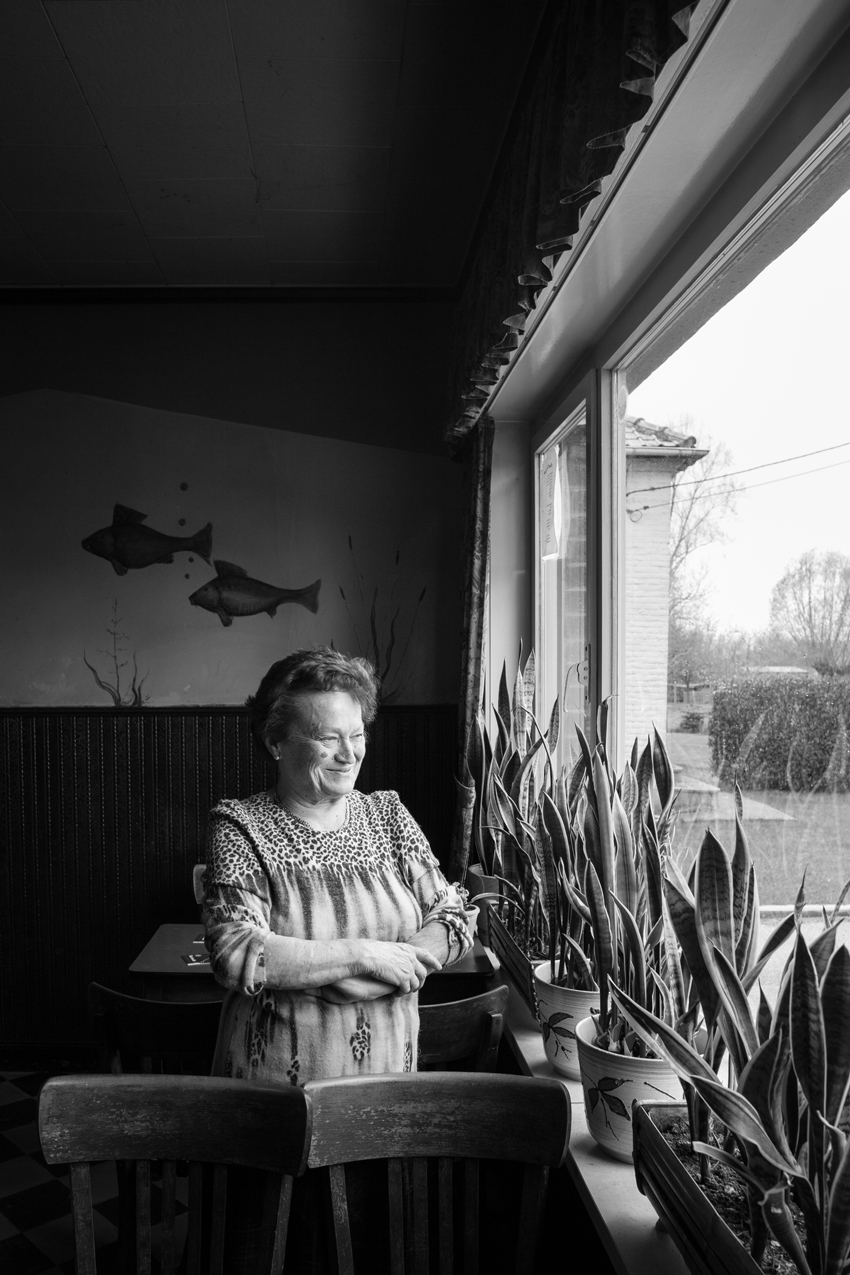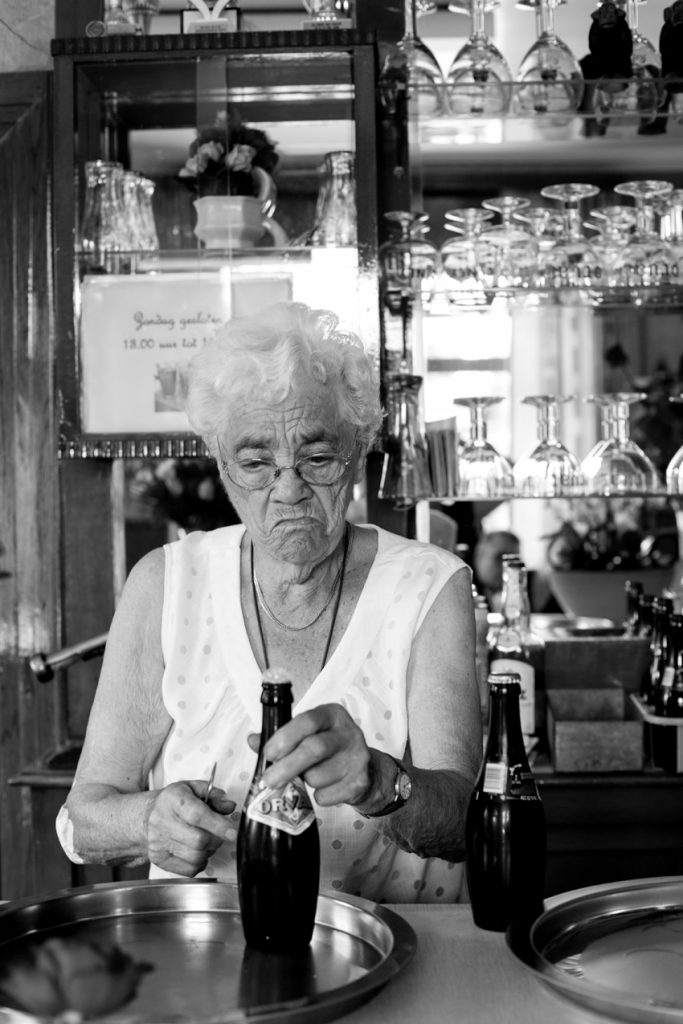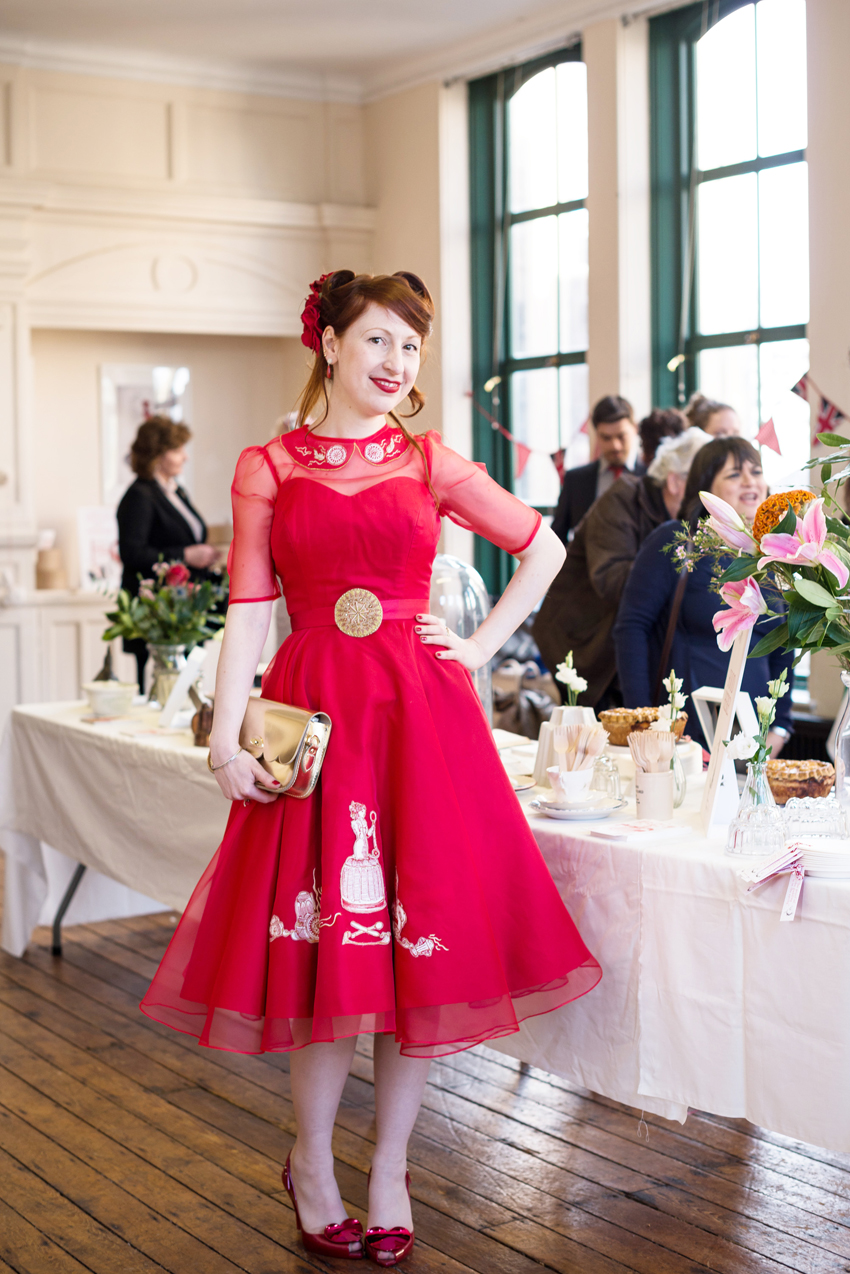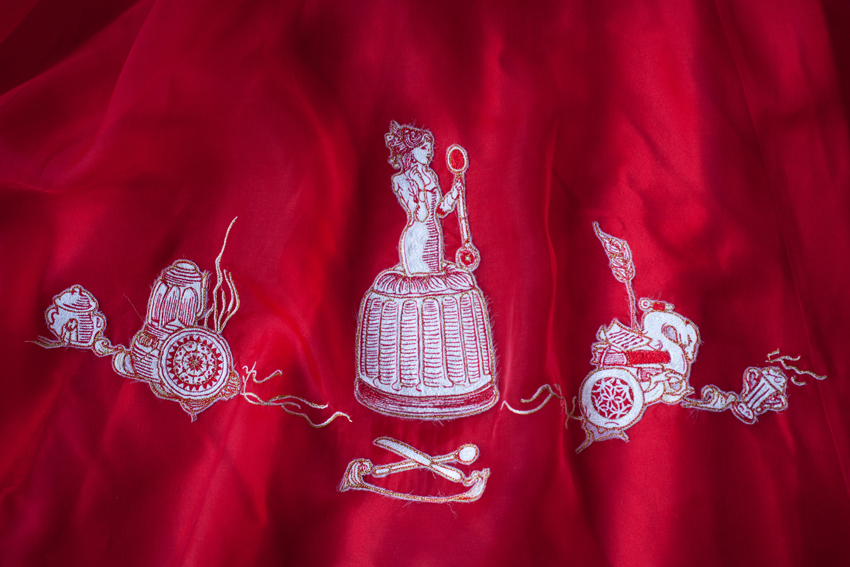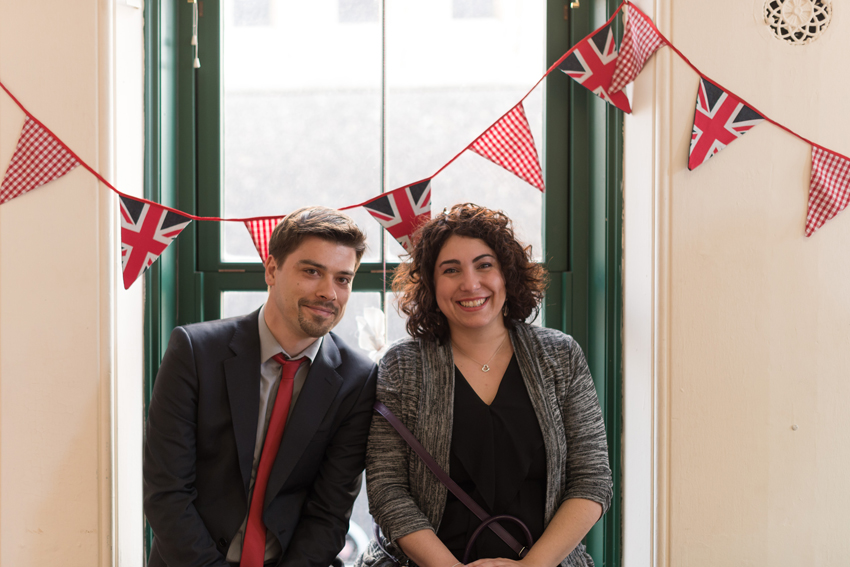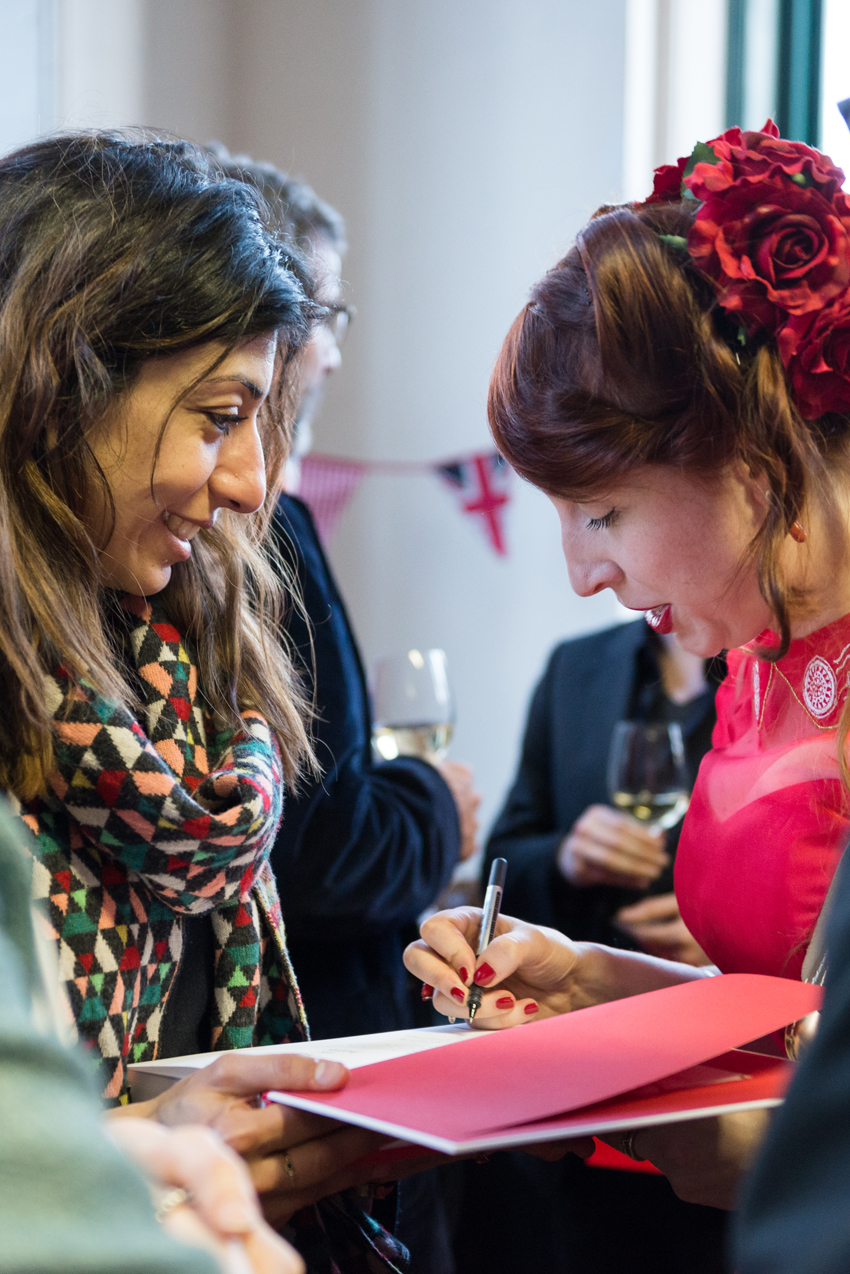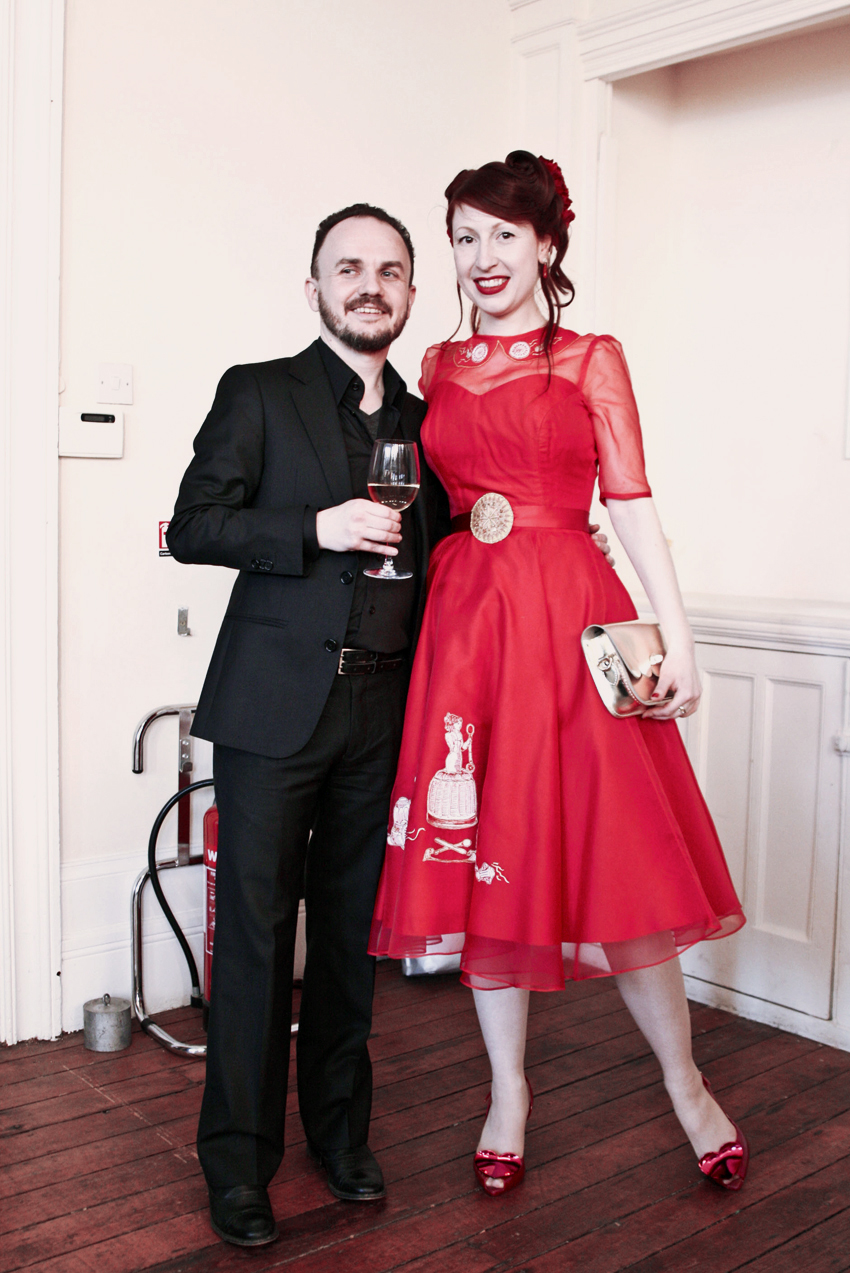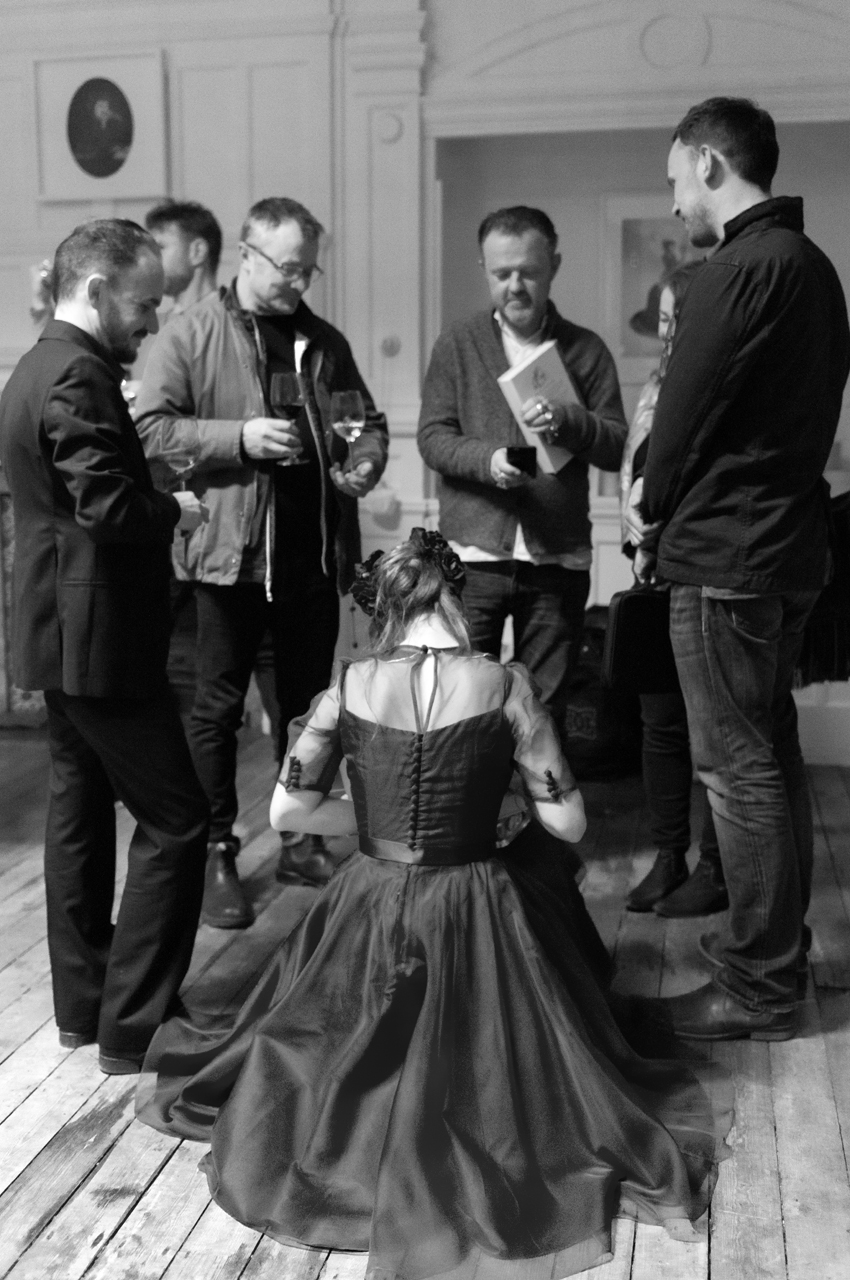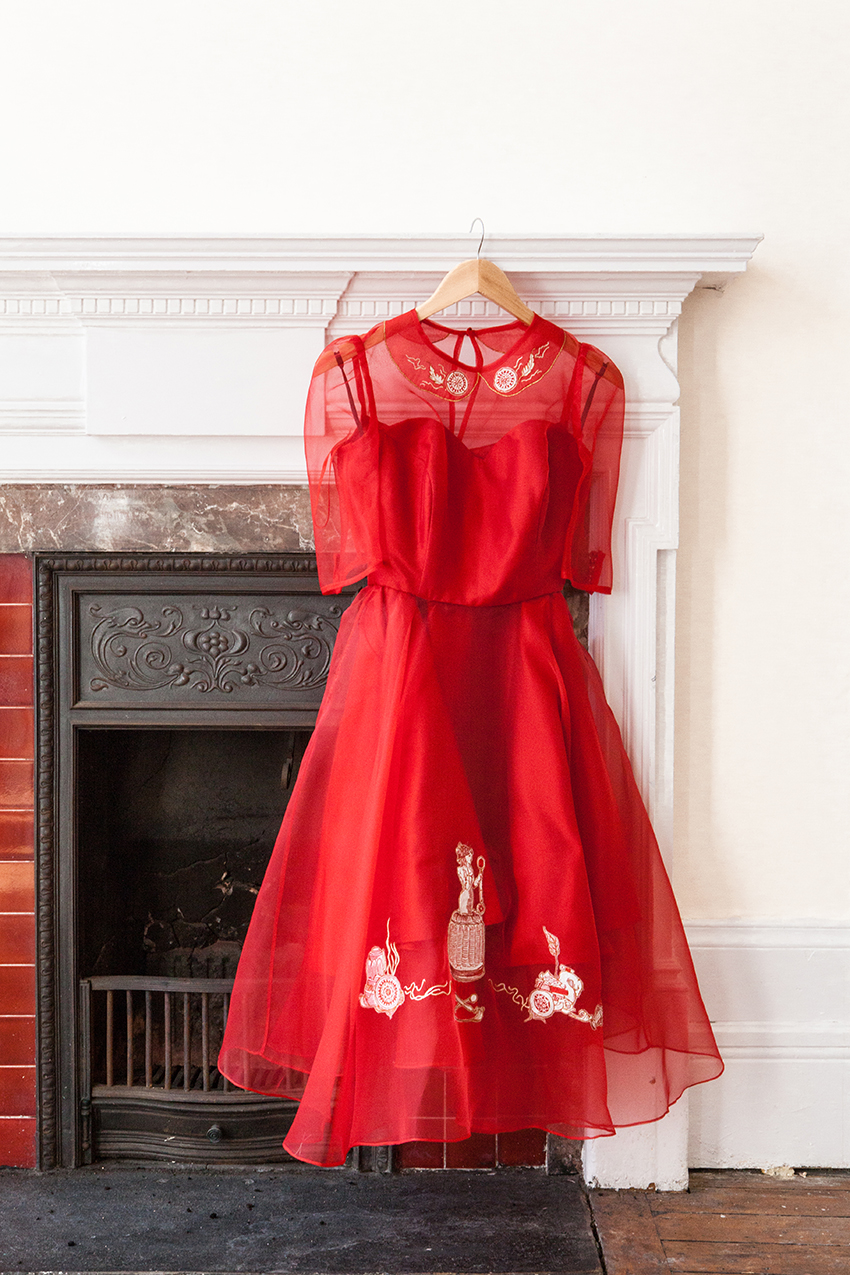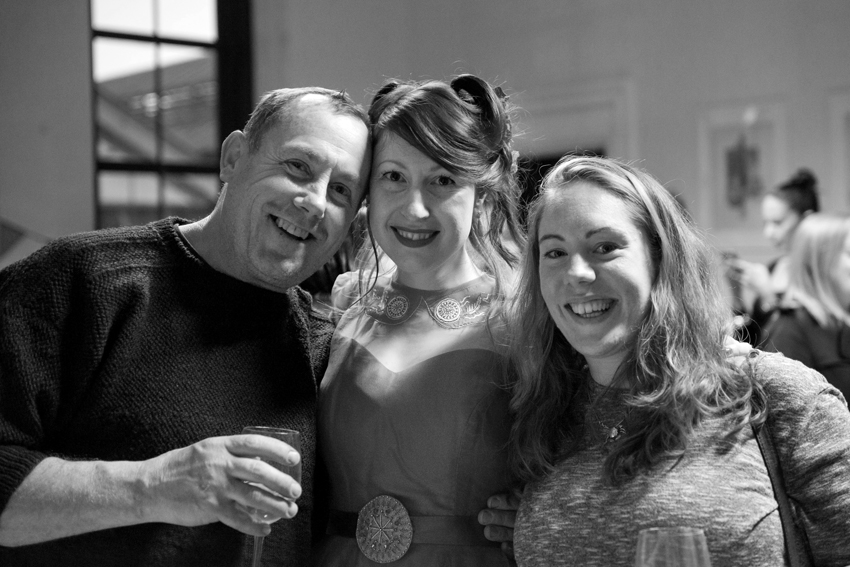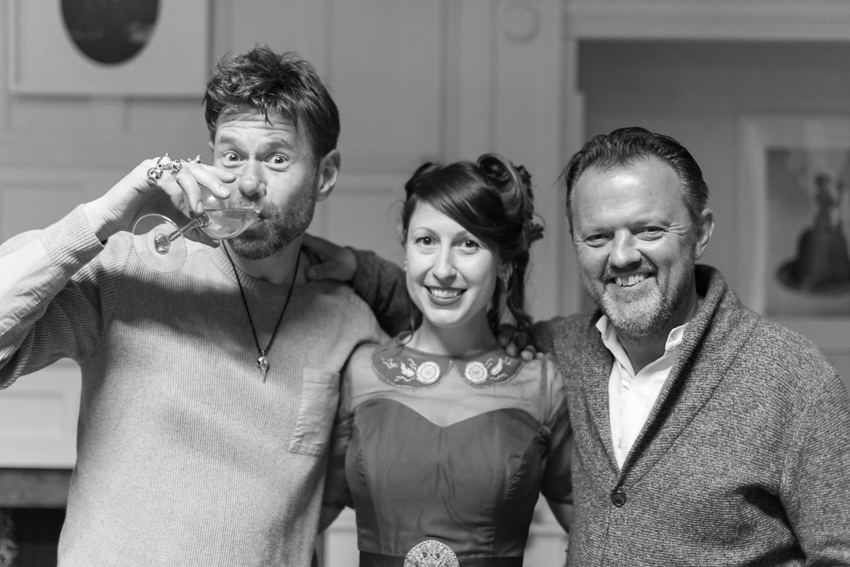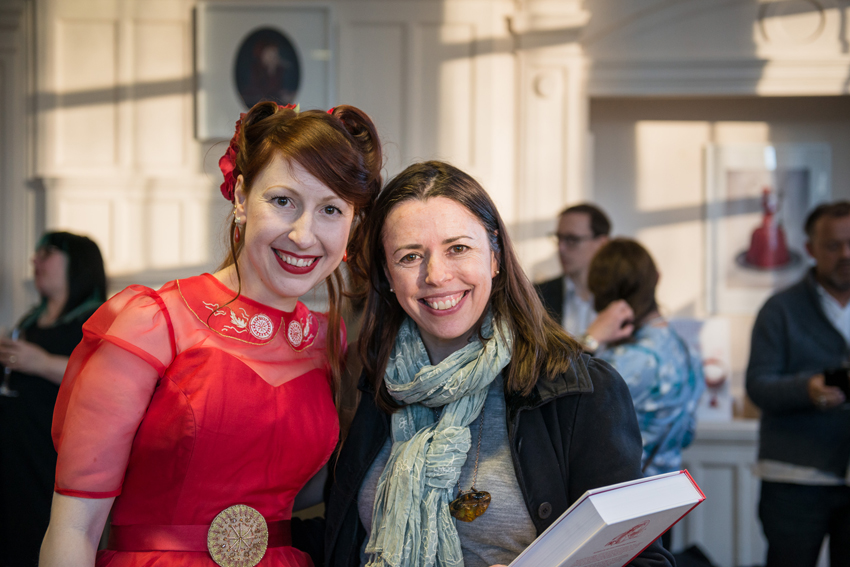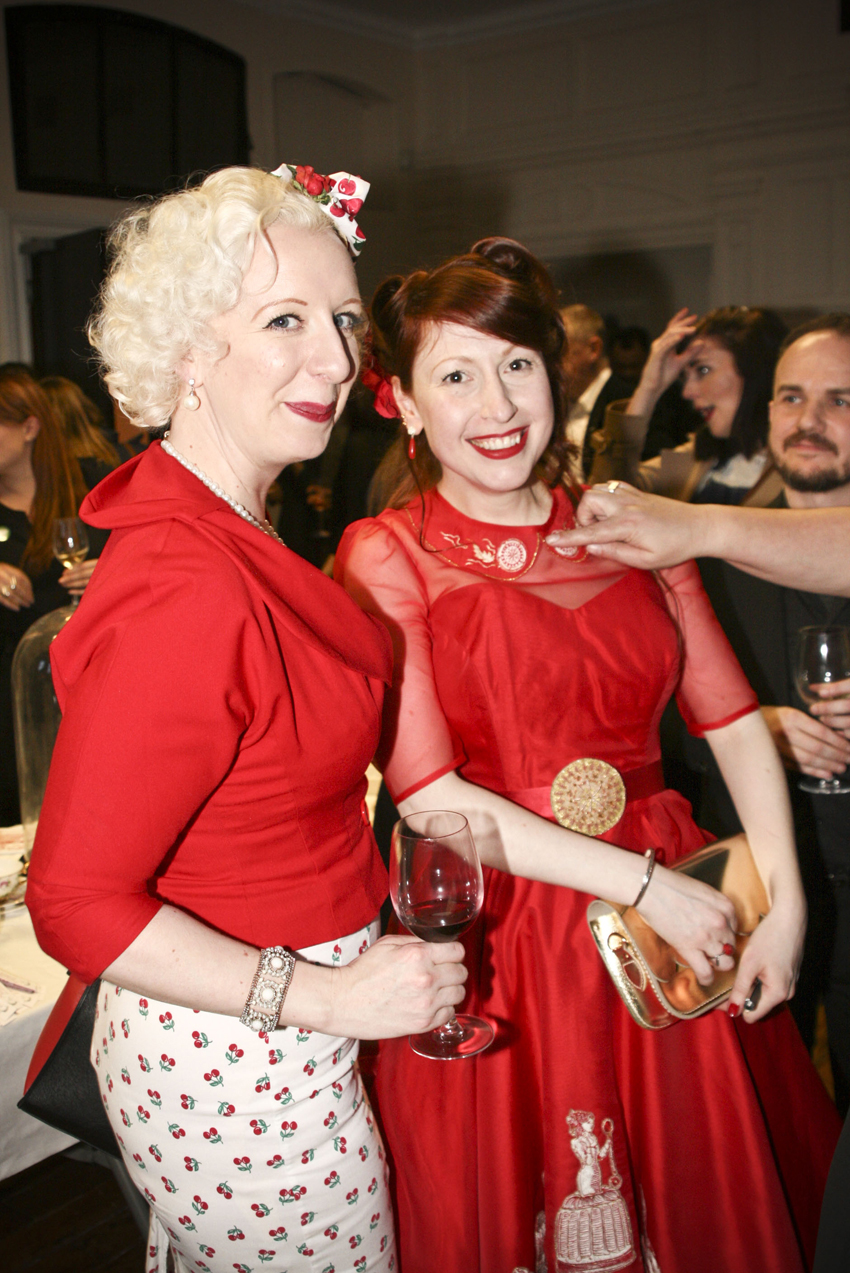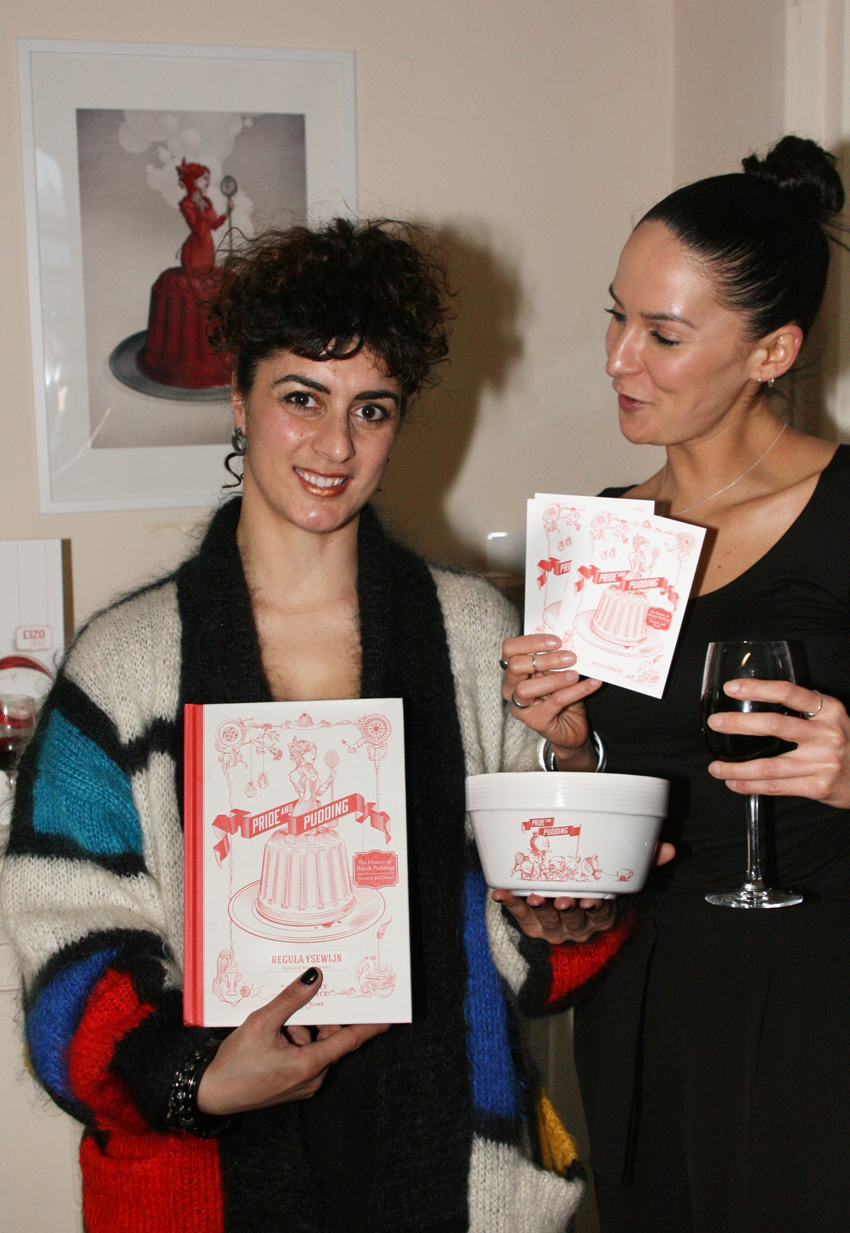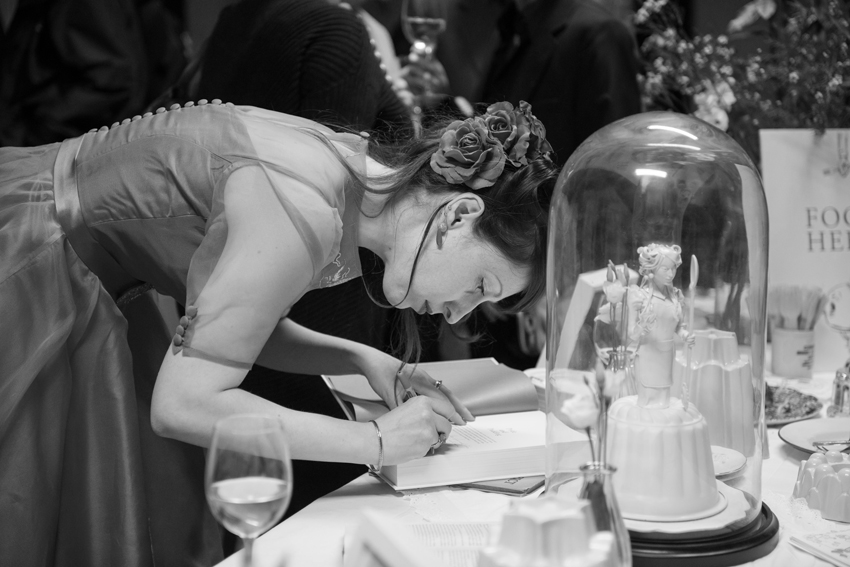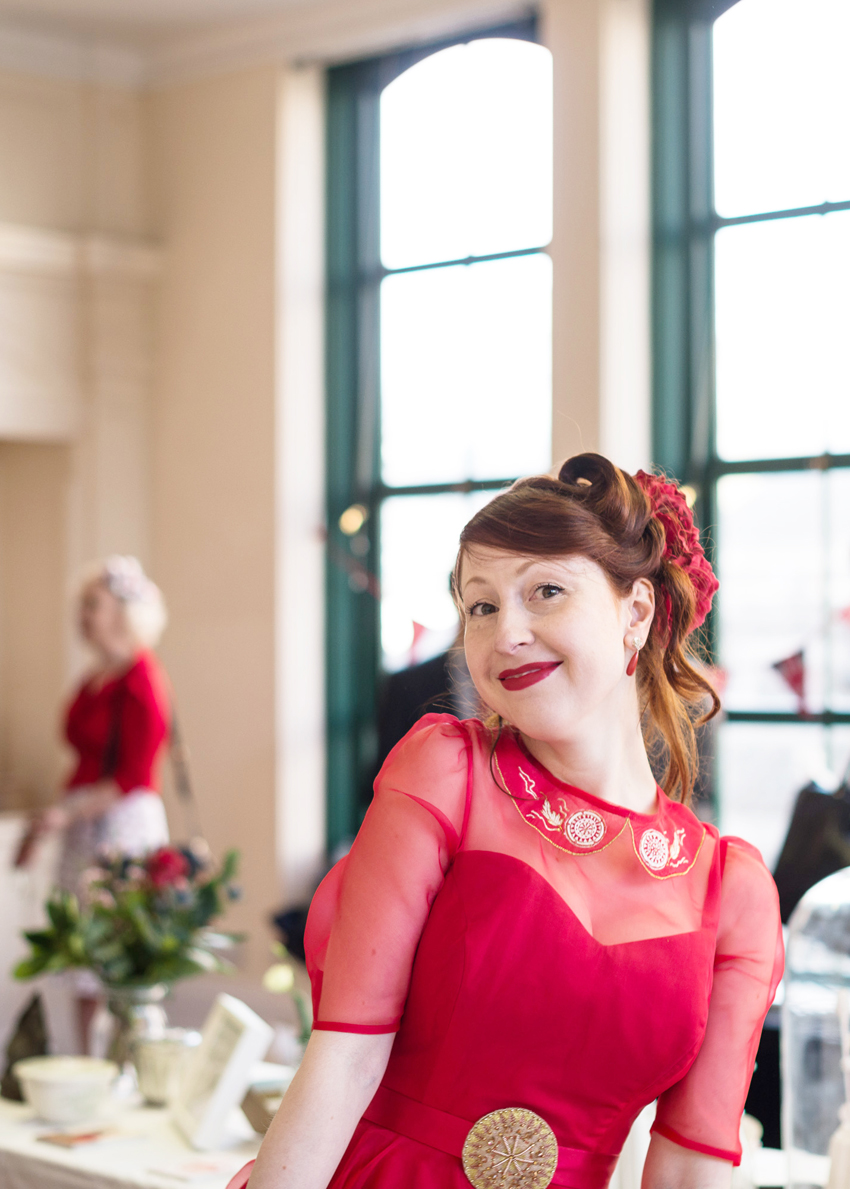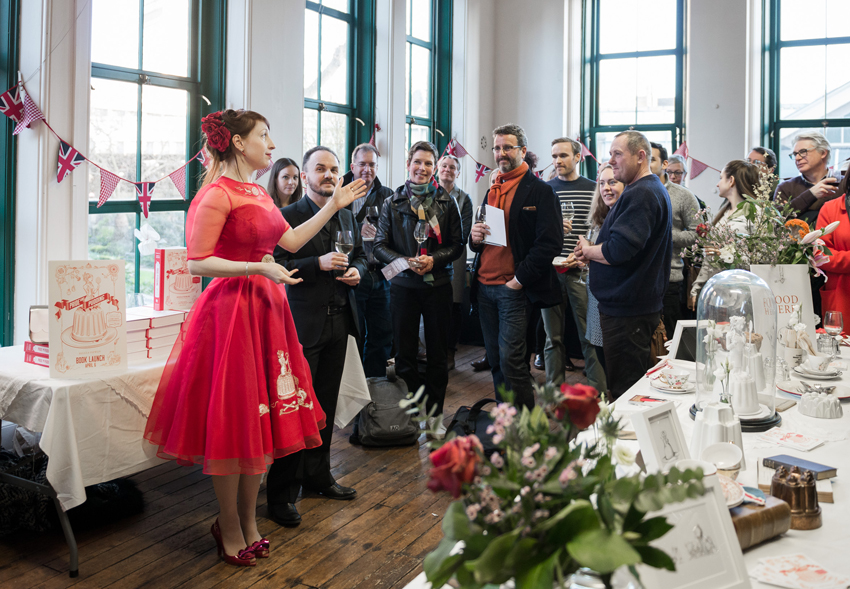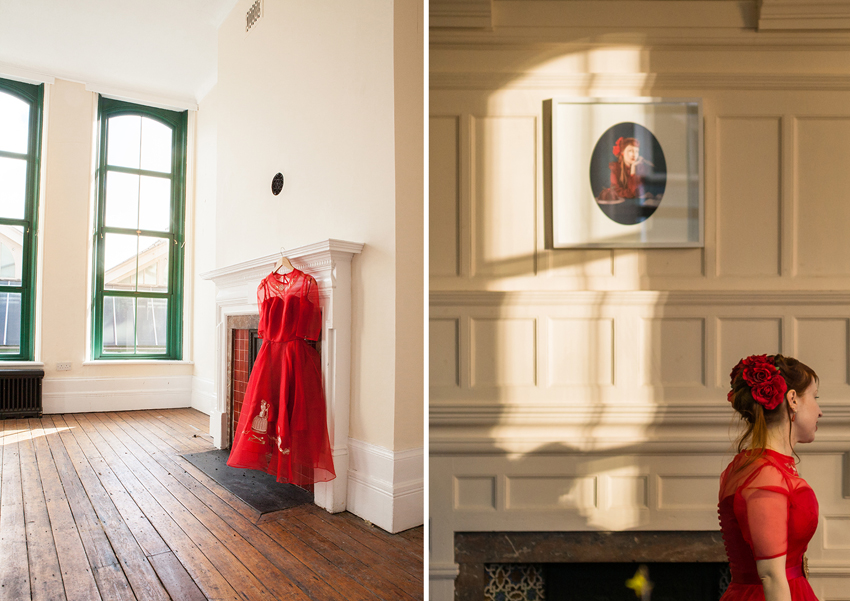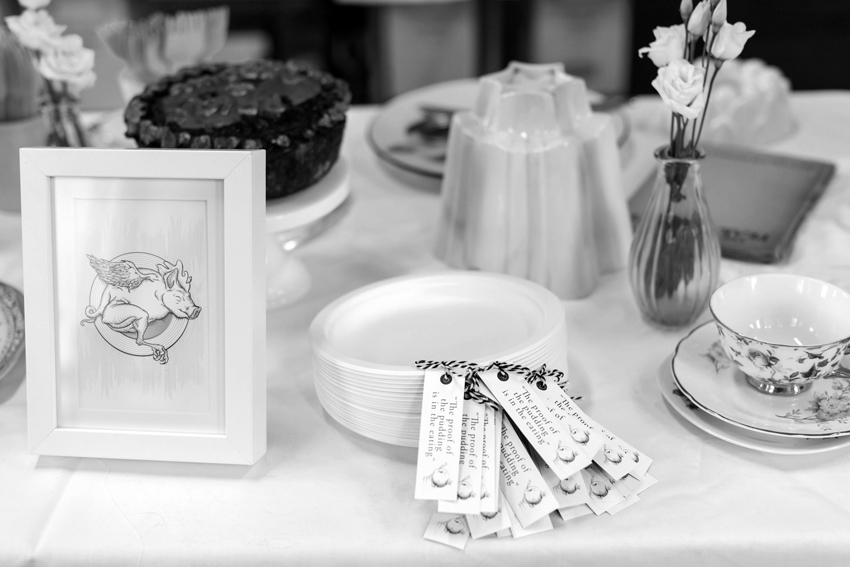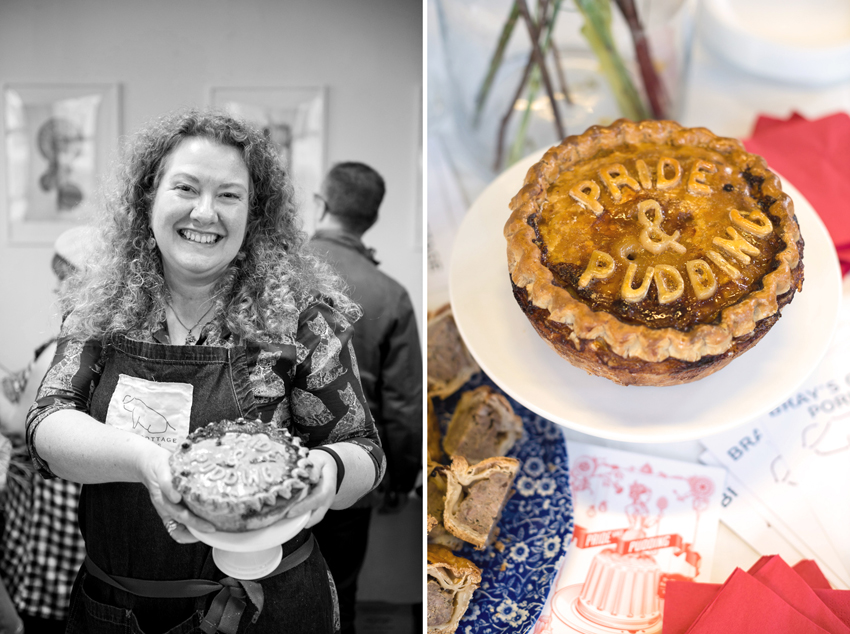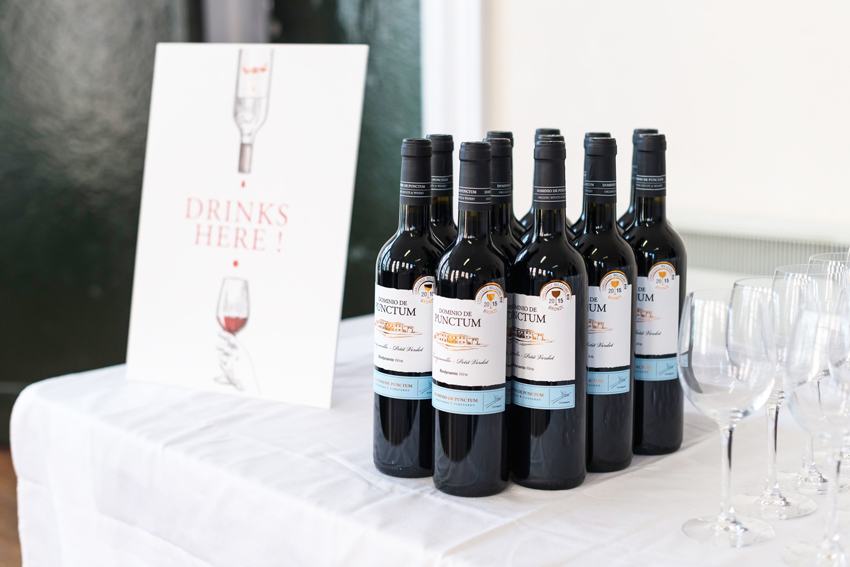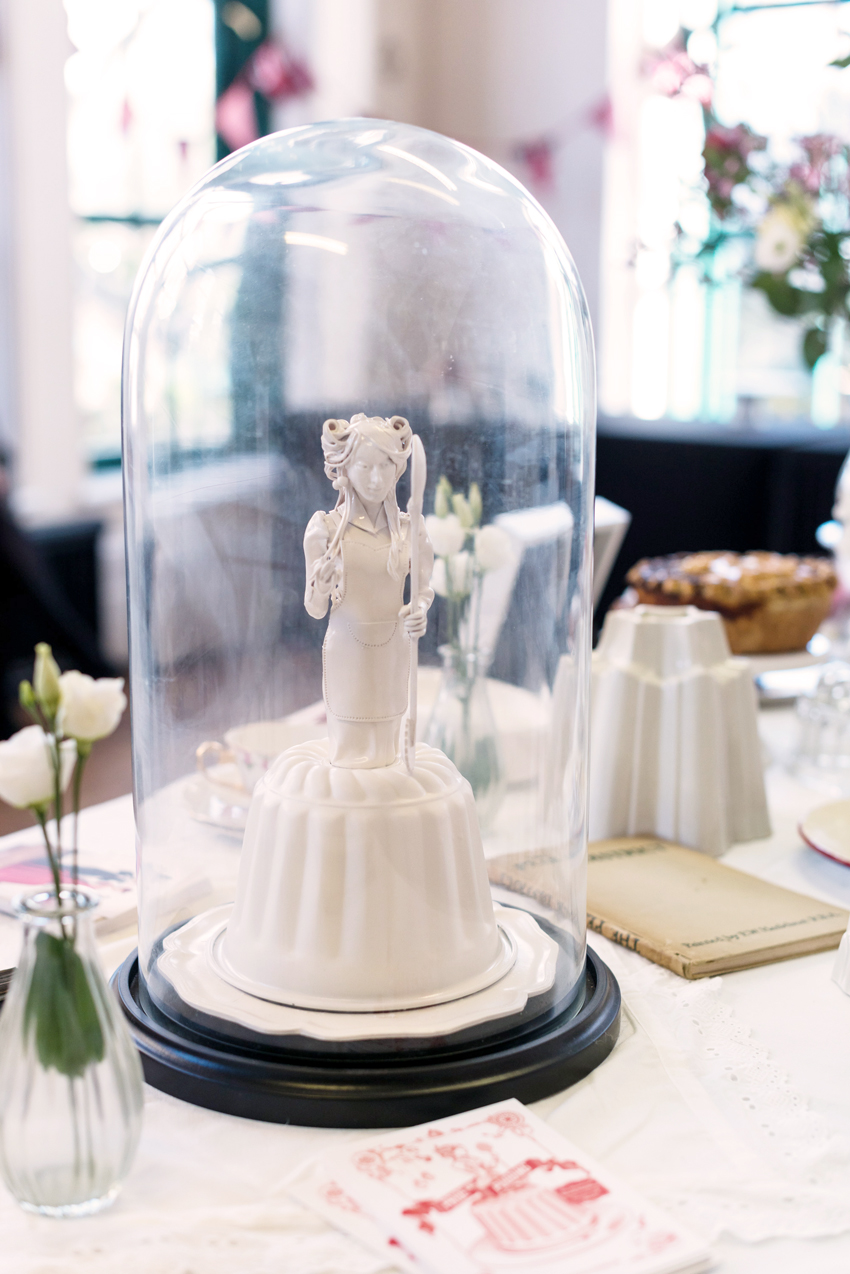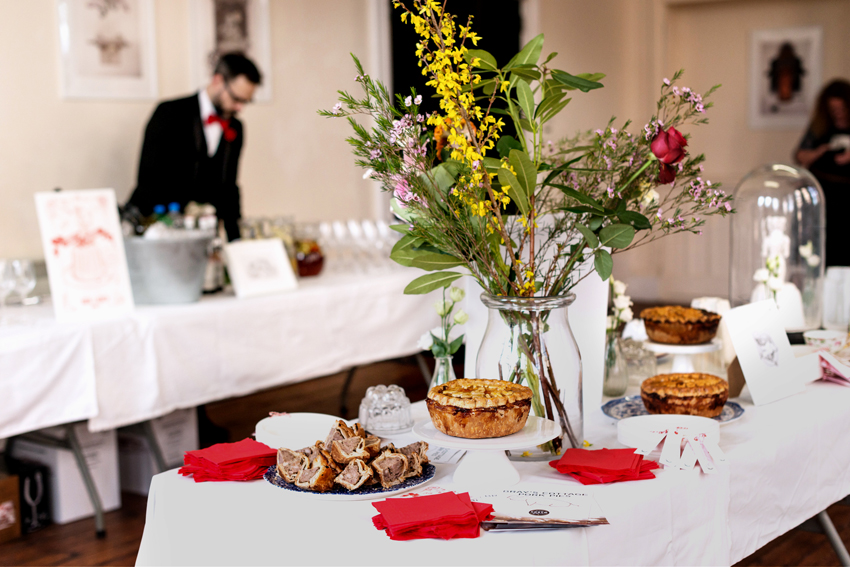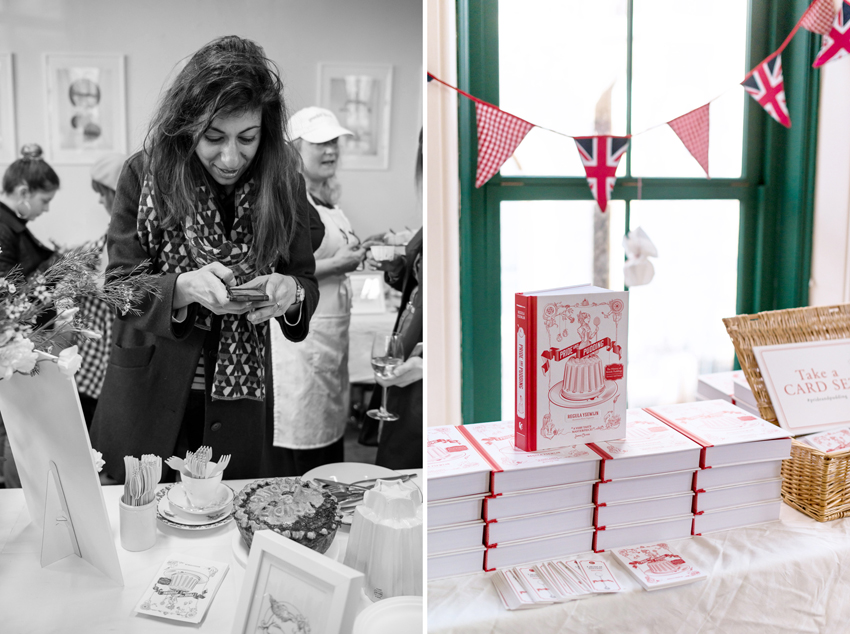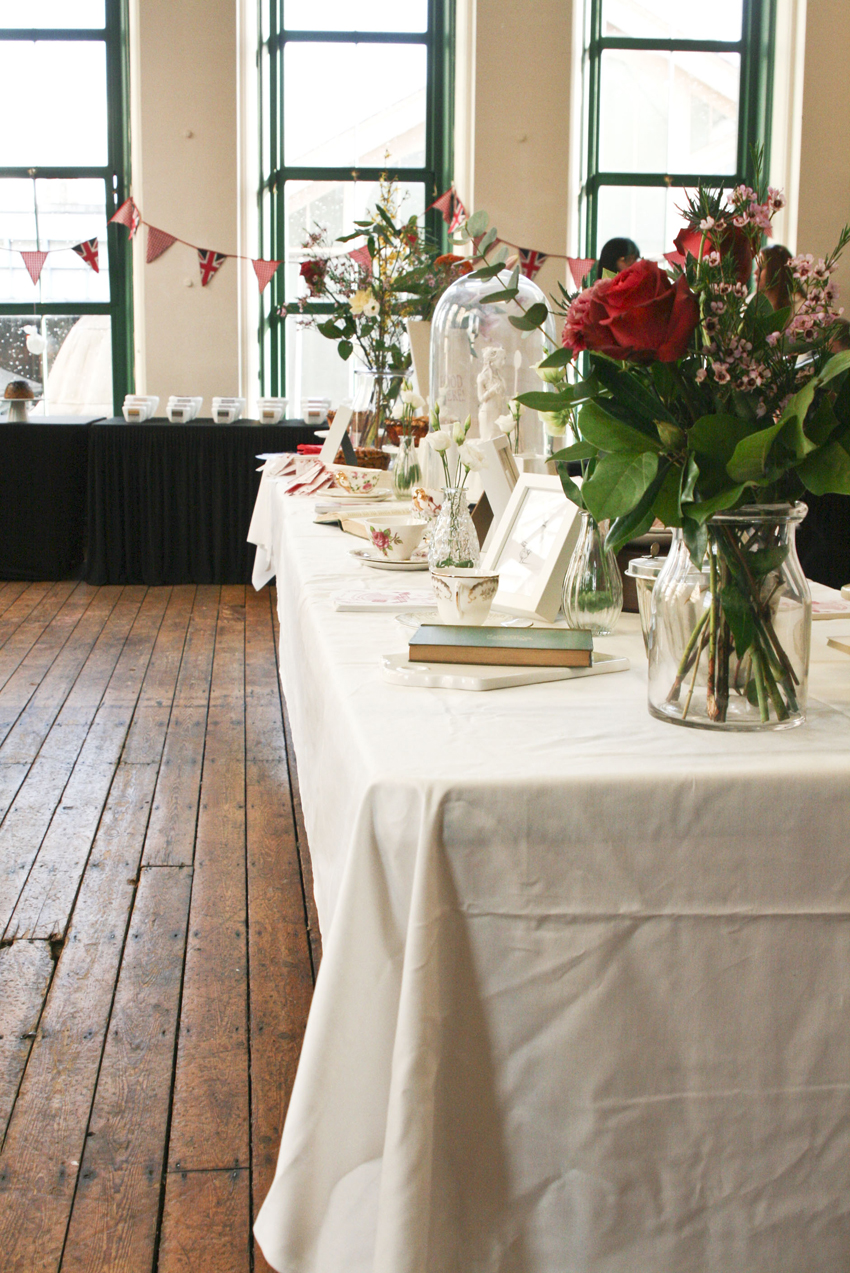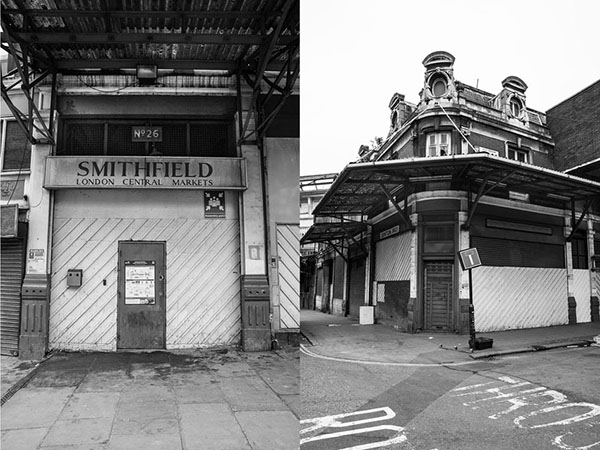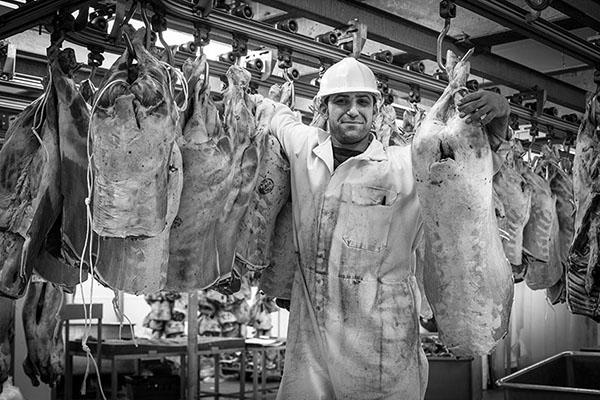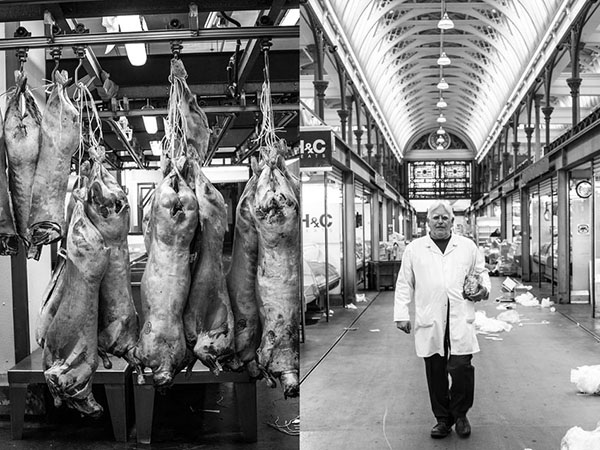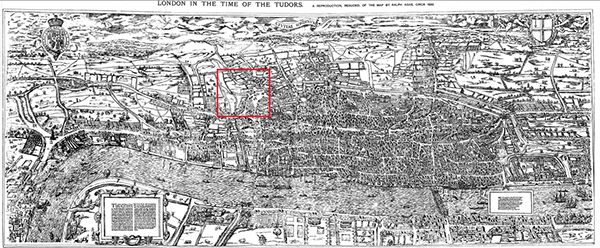The post My Books: Belgian Café Culture appeared first on Miss Foodwise.
]]>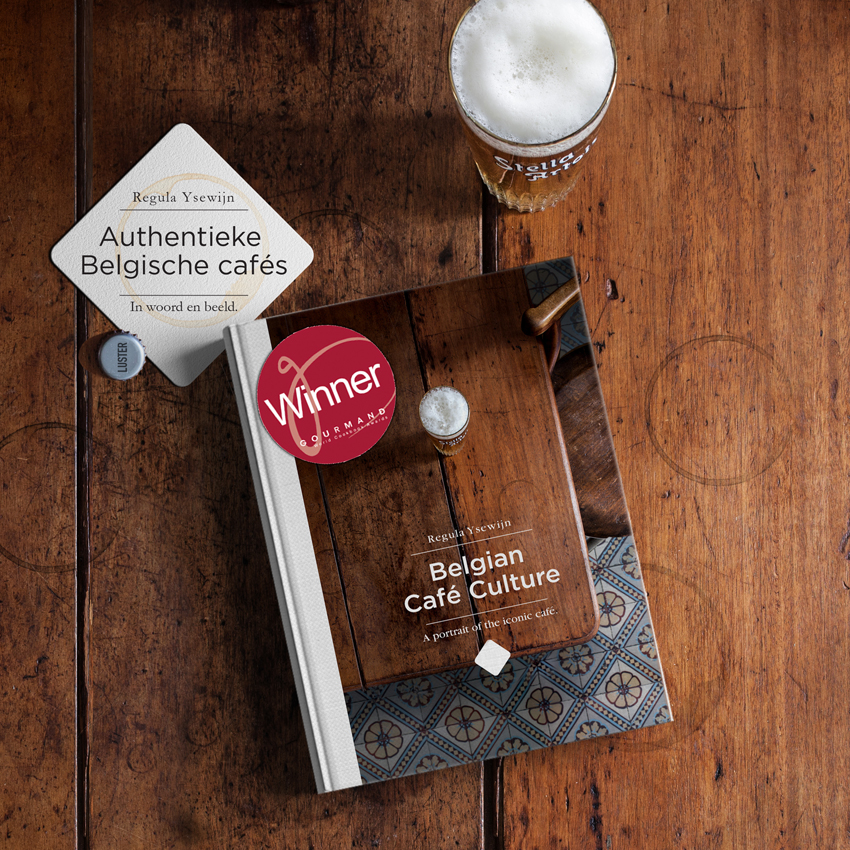
UPDATE 2021 – Belgian Café Culture is getting a 5 year anniversary edition with a new cover! I am so very pleased! Publication date in early November!
A week after the launch of Pride And Pudding, exactly one year ago, I started working on a new book, a passion project…
This book ‘Belgian Café Culture / Authentieke Belgische Cafés (in English and Dutch) is a plea to carefully handle the fragile café heritage of Belgium. For too long have we taken these little cafés for granted. Not enough have we stopped to think about their history and their relevance in our culture. They are part of our social and cultural patrimony in Belgium. When I walk the streets, everywhere I look I see forgotten and lost cafés.
When I read in the papers that a much-loved café was going to close down I went to visit it, to talk to the people there who were about to lose their local. I was probably one of the last to document it. Nothing could be done; the owners of the building wanted to renovate the café and there is wind of a more hipster implementation. For this reason alone a lot of authentic cafés have had to go.
But the need for modernisation is not the only reason why so many old Belgian cafés disappear. The ones that have been in the family for generations often disappear because there are no children who want to take over, or because no-one dares to take over an old-fashioned café. The cafés that have been closing in the last 5 years mostly become residential dwellings. All that remains are the memories of those who used to drink there.
A café can be the centre of a community, where people laugh and cry together over a glass of ale. Where disagreements are settled with words and sometimes with the fist. But where people often help those who are in need. Listen to those who would otherwise only have silence as a reply. Births and weddings are celebrated, but so are the dead.
Clubs meet at cafés and in the past they also doubled as village or theatre halls. Cafés often had a small shop, a smithy, a hairdresser or a butcher’s shop. This was very common before the 1980s. Today there’s only one café shop left and you can count the café hairdressers on one hand.
In the larger cities the cafés were also where people waited to be given work from the factories or the docks. It was also where they were paid at night. A café landlady from Antwerp remembers the drama well when men spent their entire wages on beer and went home without a dime. There was a café on every street corner in those days…
This book is dedicated to the landlords and ladies who have been running these cafés for generations or have been preserving the original interiors purely out of understanding of their importance. This book is not about me, it is about them and their livelihoods. Our Belgian Café.
Belgian Café Culture or Authentieke Belgische Cafés is a bilingual edition English/Dutch. Published by LUSTER, 272 pages and hardback finish.
Written, photographed and designed by your truly. The cover is by my husband Bruno Vergauwen.
If you’d like a signed copy (25 euro plus shipping), or a signed copy with a signed photo print (50 euro plus shipping), please get in contact. There is a Dutch and an English cover.
Alternatively you can also contact the publisher directly or go to your local bookstore (in Belgium) or order online at the usual places (Amazon, or Waterstones to name two)
I will be sharing the limited edition version soon, this will contain a signed book, signed photoprint, and a ‘Zageman’ a kinetic toy used in Belgian Cafés in the past (why you’ll read in the book where I explain the folkloristic customs). This edition will be limited to 10 only, and will be available for 99 euro plus shipping, or 150 euro for a painted ‘Zageman’ kinetic toy. More info and pictures soon, we’re making the ‘Zageman’ as we speak. (See the video here for a preview >)
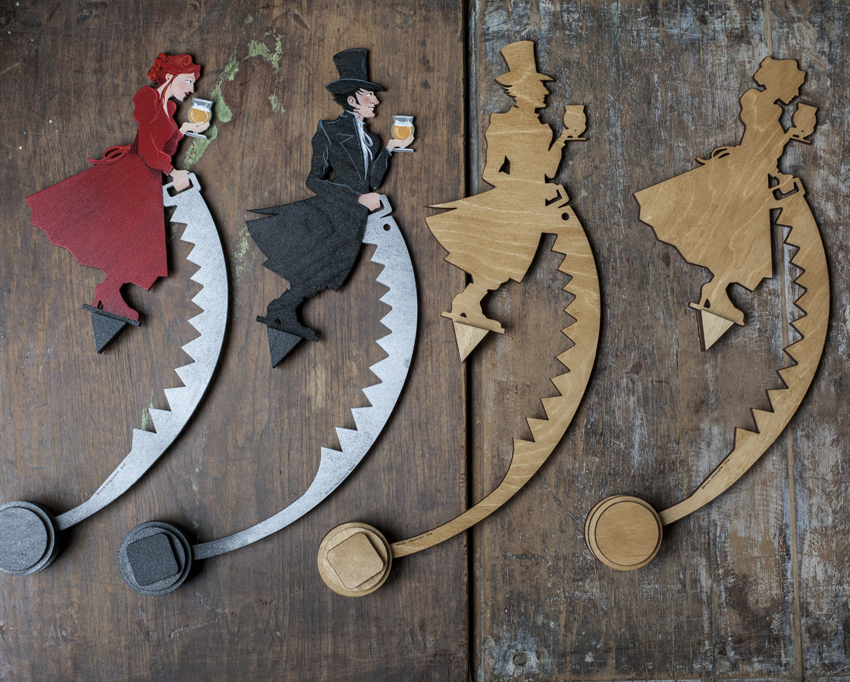
My husband created these amazing kinetic toys which were traditionally used in Belgian cafés! Available for sale, just a few of them 
For press get in touch by emailing me.
Because I want to share this book as much as I can to tell people about this fading heritage, I’m giving away 2 copies of the book. I’ll pick from the comments below, just tell me why you think this is important to be documented, or tell me about fading heritage in your country or region. Or another story! Post! Let’s get this conversation going!!
Update: The winners are Gabriela Athayde and Rossella Di Bidino. Please get in touch with your address! (see my email on the contact page!)
Some Reviews
In Dutch:
English
French
The post My Books: Belgian Café Culture appeared first on Miss Foodwise.
]]>The post Pride and Pudding – London Book launch appeared first on Miss Foodwise.
]]>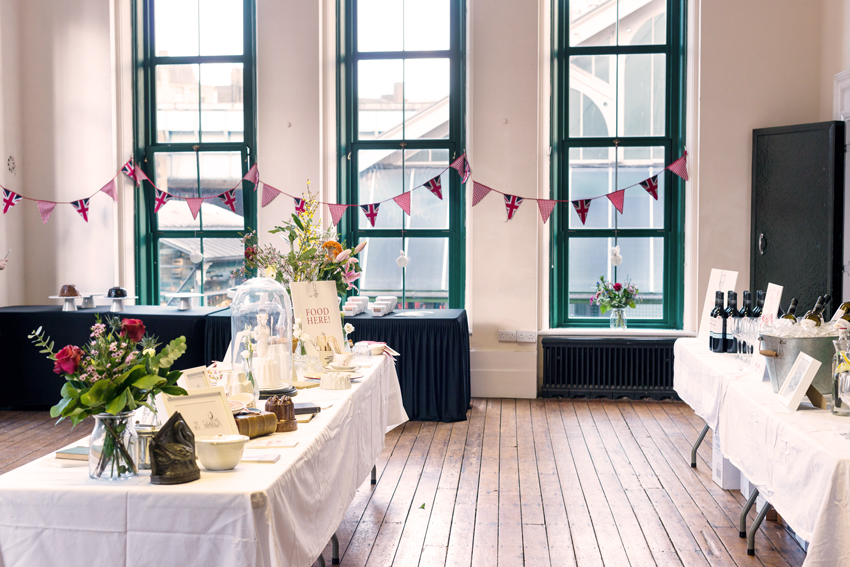 Two weeks ago was the day I have been waiting for, for a very very long time.
Two weeks ago was the day I have been waiting for, for a very very long time.The publication day and book launch of the English Pride and Pudding, my original work. My baby. You might find it quite odd that the Dutch translation came out before the original but the whole editing process of the two books was completely different. I’m thinking of writing a post about the two different ways this book was brought to life, it is quite interesting and could come with some advise for any of you are thinking of publishing a book.
So there we were on a nippy april evening in the beautiful old Borough Market Trustees building. I photograph for Borough Market so there is a connection to the place, which was something I was looking for. As you can imagine the day was quite hectic, especially because a journalist assistant kept me waiting for 2 hours in the morning, then finally calling me an hour before guests arrived which is stress you really don’t need on days like these. We decorated the space with the help of our friends, Jo helped me into my dress and shoes, only fifteen minutes before the people started to walk up the sweeping staircase. That dress is something I want to tell you about too. It was made by my dear friend Jo and her team in Birmingham, her business is called The Couture Company and this is the second bespoke dress that she has made for me. Each time the dress tells a story, the first was my swan dress, telling the story of my love for England. This dress was of course the Pride and Pudding dress and it showed the illustrations of the cover on the skirt part, which were all delicately embroidered onto the fabric. The belt was the image of the chapter opener of Baked puddings, the collar had the 17th century pie lid decorations… it is unbelievably epic. These were gold to match the golden cloud clutch I bought from my friends over at The Cambridge Satchel Company. Jo first made me a dress called a ‘toile’, which is in plain cotton to get the shape right. From this dress the final pattern is made, and because I didn’t have my last fitting Jo sewed on all the buttons at the venue, to guarantee a perfect fit. Many of you don’t know, but I have a degree in Fashion Design and I do know where a seem should be, and all too often with of the rack clothing… the seem is somewhere where it shouldn’t be. Having a handmade dress is therefore for me, one of the most amazing things to invest in. So an absolute treat to celebrate my debut book.
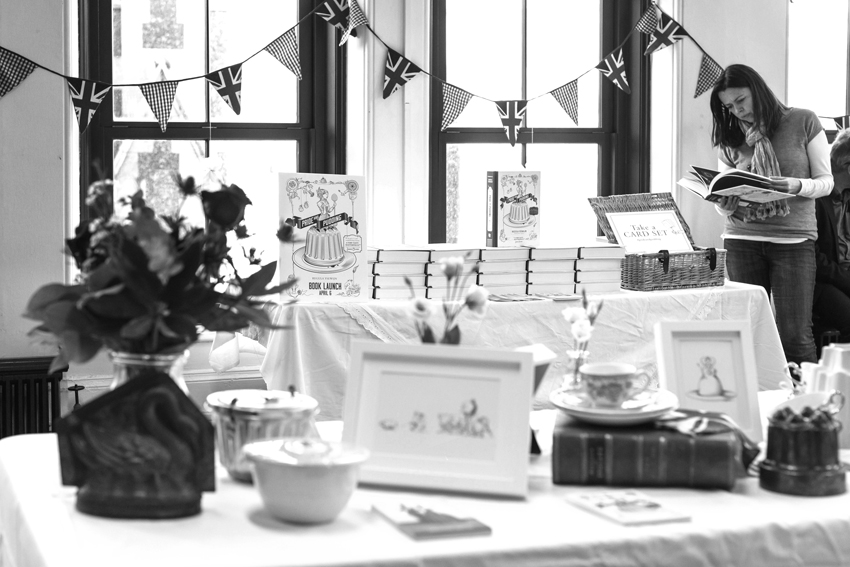
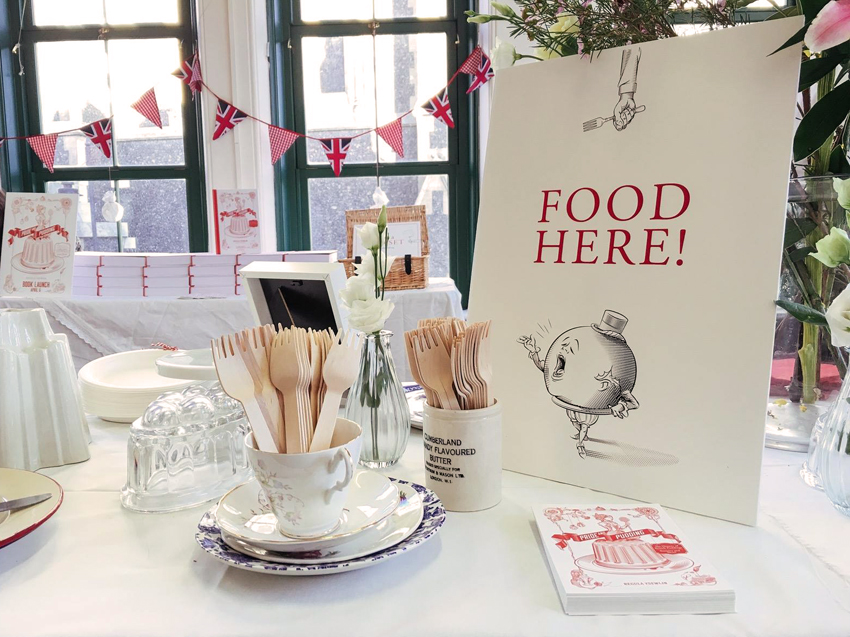 Because health and safety didn’t allow me to bring in food that I have made and I only found that out very last minute, I teamed up with Kate from Pudd’eng who just started her steamed pudding business weeks before. I had already booked my friend Sarah from Brays Cottage to create some Pride and Pudding pork pies. She brought them all the way from Norfolk and I have to admit I did it for the selfish reason to finally taste her pies!
Because health and safety didn’t allow me to bring in food that I have made and I only found that out very last minute, I teamed up with Kate from Pudd’eng who just started her steamed pudding business weeks before. I had already booked my friend Sarah from Brays Cottage to create some Pride and Pudding pork pies. She brought them all the way from Norfolk and I have to admit I did it for the selfish reason to finally taste her pies!
The pies went in like the treats they are, and so did the amazing puddings. John, who I became acquainted with because I needed someone to be my eyes and make sure everyone’s glass was full, was our drinks manager and quite popular with the crowd! He creates these fabulous cakes when he is not being a fantastic musician. Emma Bunting came in with her handmade Union Jack Bunting. I’ve known Emma since the week of our wedding when I discovered her and she made us bunting for the wedding party in a record time. Ever since, we have been friends and the bunting pops up in all our occasions. It features so often that people sometimes think I made it myself.
Another launch that evening were our Pride and Pudding bowls, made by the talented Solomia Zoumaras in her studio in London. The whole process of creating the bowl can be found in this posting here. We are so proud of them, they came out so very beautiful. It was something I had wanted to do from the very start, create a pudding bowl like the ones I had been collecting for the research of the book. It is part of our Limited Edition Pack, of which only a few of the 25 remain (email me to secure one). We are planning more of these collaborations in the future, so if you are like me and like full sets of things, get into it soon 
I want to thank Murdoch Books, my publisher, because so many people have told me on the launch about how much you guys seemed to love the book, and that really means a lot. I also want to thank Jamie Oliver, for one obvious reason – his amazing words on the cover, but also for his support from the very start of my career and this book project. The editorial team of Amazon who came to my launch, thanks for electing my book as one of your ‘Books of the Month’ and for the amazing support again this week when Pride and Pudding is included as ‘Deal of the Week’ (get over there, it comes with a nice discount too!!). The editor of Delicious, Karen Barnes, who shouted out about my book before it was out, and included it in the magazine. Jamie Oliver and Andy Harris of Jamie Magazine for including me in the British issue, it couldn’t have been more fitting! The Guardian for sharing extracts of my book on their website, BBC Womanshour, BBC Breakfast tv, The Telegraph, and so much more… It has been awesome so far and there’s still plenty of amazing things to come!
Thank you to my friends who came from afar, some took an airplane, others spend 6 hours in a car or train. Thanks Sarah and Kate for the amazing food, John for being the most smashing drinks manager. Thanks Borough Market, Lucy you went beyond duty. Thanks mum and dad for coming from Belgium. Thanks Anne and John from Grubstreet publishing, who advised me on so many things throughout this book project. Thank you Bruno, you super husband and amazing artist. Thank you all who I have forgotten, you know I appreciate it…
But finally I want to thank YOU my readers for your support. And I am giving away a book! (English or Dutch). To win, just leave a comment on the Pride and Pudding post here. Tell me about your favourite pudding!
Now here are some more pictures of the launch! Check back later this week for a recipe!
Pictures by Sarka Babicka, my Dad, me, and Tommasso Galli
You might also enjoy:
The making of the Pride and Pudding bowl
The post Pride and Pudding – London Book launch appeared first on Miss Foodwise.
]]>The post Smithfield Meat Market – a history and a nomination for the Pink Lady Food photography award! appeared first on Miss Foodwise.
]]>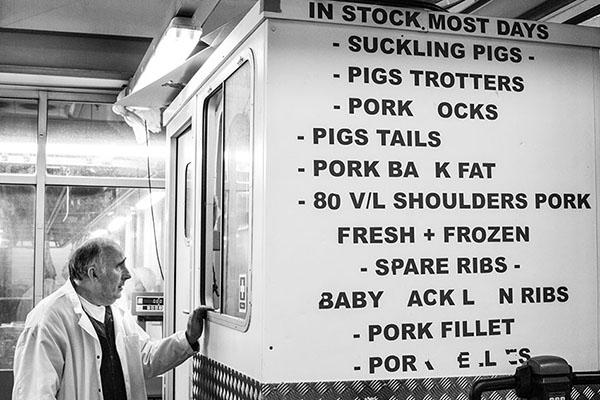 Smithfield Market, 865 years of notorious history of meat, bloodshed, crime and uprising.
Smithfield Market, 865 years of notorious history of meat, bloodshed, crime and uprising.Turning down Sun Street and Crown Street, and crossing Finsbury square, Mr. Sikes struck, by way of Chiswell Street, into Barbican: thence into Long Lane, and so into Smithfield; from which latter place arose a tumult of discordant sounds that filled Oliver Twist with amazement. It was market-morning. The ground was covered, nearly ankle-deep, with filth and mire; a thick steam, perpetually rising from the reeking bodies of the cattle, and mingling with the fog, which seemd to rest upon the chimney-tops, hung heavily above. All the pens in the centre of the large area, and as many temporary pens as could be crowded into the vacant space, were filled with sheep; tied up to posts by the gutter side were long lines of beasts and oxen, three or four deep. Countrymen, butchers, drovers, hawkers, boys, thieves, idlers, and vagabonds of every low grade, were mingled together in a mass; the whistling of drovers, the barking dogs, the bellowing and plunging of the oxen, the bleating of sheep, the grunting and squeaking of pigs, the cries of hawkers, the shouts, oaths, and quarrelling on all sides; the ringing of bells and roar of voices, that issued from every public-house; the crowding, pushing, driving, beating, whooping and yelling; the hideous and discordant dim that resounded from every corner of the market; and the unwashed, unshaven, squalid, and dirty figues constantly running to and fro, and bursting in and out of the throng; rendered it a stunning and bewildering scene, which quite confounded the senses.
Charles Dickens – Oliver Twist, 1838And so were the words of Charles Dickens about Smithfield meat market in his marvellous work Oliver Twist.
England has always been famed for the outstanding quality of its meat. In the 19th century, Smithfield meat market was notorious for its wild cattle that was hazardously driven through the streets of London. The drovers and butchers were apparently as savage as their cattle and murder and rape were no exceptions in these quarters.
Reports of cattle stirred up by drunk herdsmen killing men, woman and children on their way were frequent. Cattle was slaughtered at the site and the streets coloured red with blood.Surrounded by dirty streets, lanes, courts, and alleys, the haunts of poverty and crime, Smithfield is infested not only with fierce and savage cattle, but also with the still fiercer and more savage tribes of drivers and butchers. On market-days the passengers are in danger of being run over, trampled down, or tossed up by the drivers or “beasts”; at night, rapine and murder prowl in the lanes and alleys in the vicinity; and the police have more trouble with this part of the town than with the whole of Brompton, Kensington, and Bayswater. The crowding of cattle in the centre of the town is an inexhaustible source of accidents.Max Schlesinger, Saunterings in and about London, 1853
From 1150,
Smithfield has been used as a market for live stock. It was a large open space on the outskirts of town, it had small open spaces and wooden pens and a broad open street market.
In 1174 Smithfield was described by William Fitzstephen, clerk to Thomas à Becket in his ‘Description of London’, one of my favourite works to learn about Ancient London and its people.
‘In a suburb immediately outside one of the gates there is a field that is smooth, both in name and in fact. Every Friday (unless it is an important holy day requiring solemnity) crowds are drawn to the show and sale of fine horses. This attracts the earls, barons and knights who are then in the city, along with many citizens, whether to buy or just to watch.’
A description of London, ca.1174/1183, translated from Latin.
The ancient map of London ‘Civitas Londinum’ dated to 1561, shows large open fields and cattle pens. The market area is now called ‘Schmyt Fyeld’. During that time the market area had access to the river Fleet so cattle had water to drink and grass to feed on.
Because Smithfield was an open space which was so close to the city centre, it was also used for public executions. William Wallace – known to most as Braveheart after the film – was executed there in 1305. It was also the meeting place to gather for the Peasant’s Revolt in 1381. Executions continued well into the 16th century with Henry VIII murdering Catholics and his daughter ‘Bloody Mary’ burning in excess of 200 protestants. During the 17th century the site became a popular place for duelling and later it turned into a prime spot to pick up a prostitute for the night.
The structure of the market would remain largely the same as in the Middle Ages until a building was erected designed by Victorian architect Sir Horace Jones in 1868. By then the market was in the centre of London instead of in the outskirts, adjoining fields.
We can still see that majestic market building today, and some of its additions from later in that century, but sadly a part of it has been derelict for many decades now.
When I visited the market I was warned by Londoners that some of the butchers were still cheeky buggers and they weren’t kidding. On my short walk around I got talking to one of them, I took his picture, asked him if I could use the image, and he gave me his phone number and told me to call him some time.
The market was at its end of trading that day when I visited, meat was being packed up and carted away in supermarket trolleys, leaving it to look nearly as rough and dirty as it must have looked centuries ago.
It is a historic place, there has been a cattle market here for 865 years, and I hope it will remain here for centuries to come. It’s extraordinary that after the relocation of Billingsgate Fish market, Covent Garden and Spitalfields market, Smithfield market is still holding strong.
It is a heritage site, and with so many historical important places being demolished in London today – think the London Wool and fruit exchange in Shoreditch – we have to hang on to this one while we can.
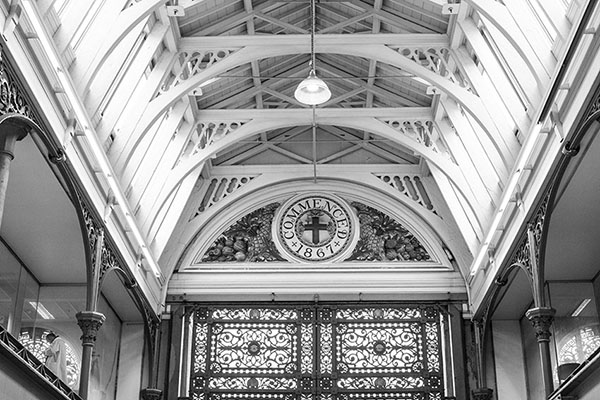 |
| Looking up in the meat market building |
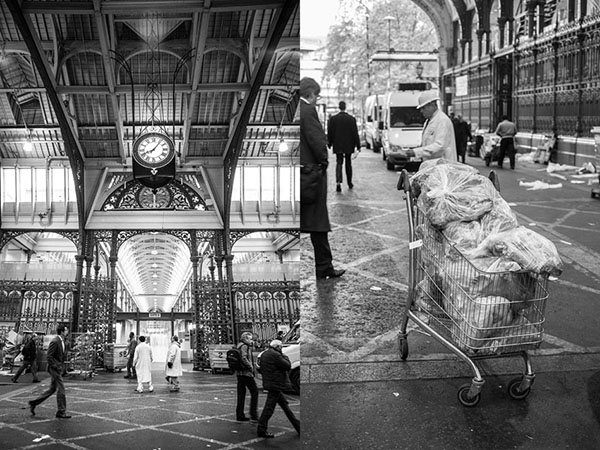 |
| Supermarket carts are used to move the meat and are scattered around everywhere |
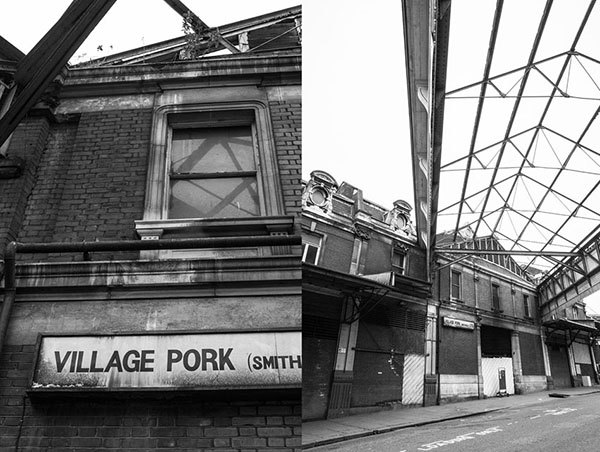 |
| though crumbling, still a special place |
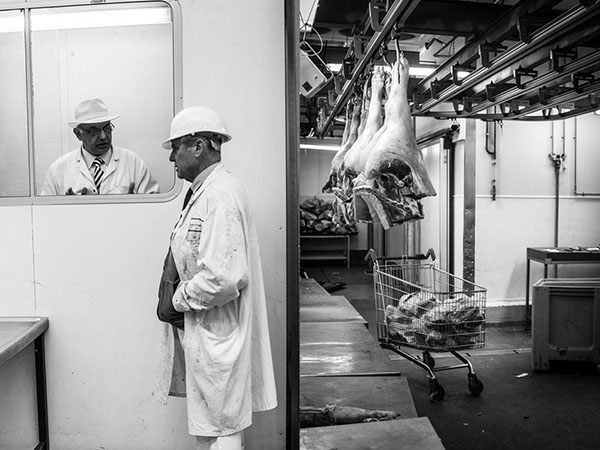 |
| Butchers chatting during the clean-up of todays market day |
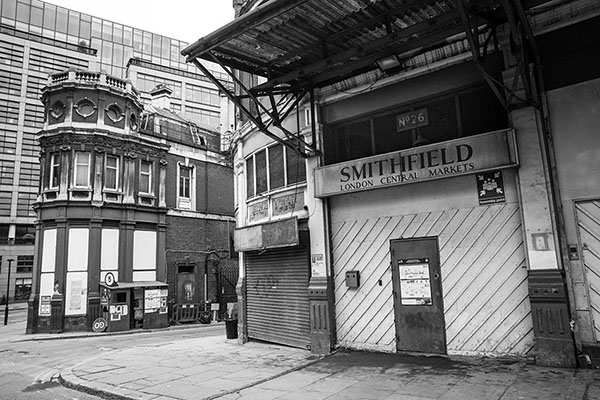 |
| One of the loading gates |
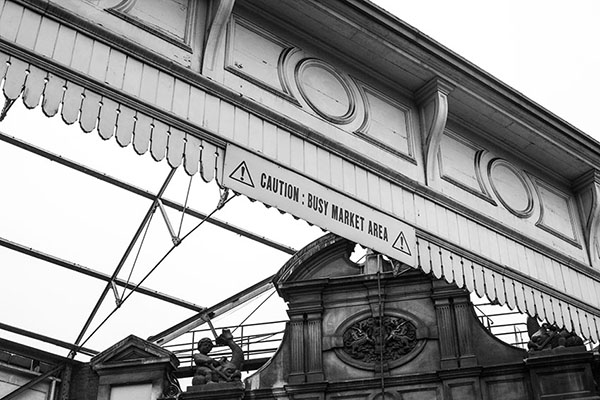 |
| Lorries are driving on and off with loads of meat |
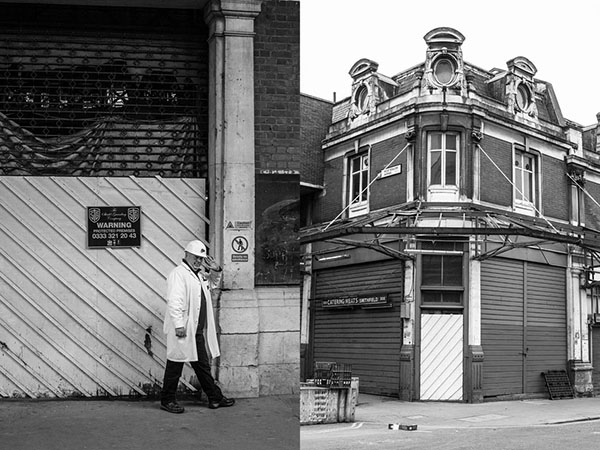 |
| The butchers don’t mind posing a little for my camera |
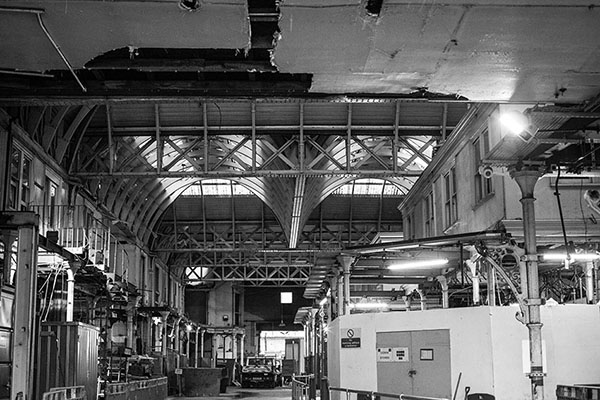 |
| Part of the market in its derelict state, still waiting to be renovated and repurposed |
Dear readers, the above image from Smithfield market has been shortlisted in the prestigious Pink Lady Food Photography Awards in the category ‘Food For Sale’ for the People’s choice award. If you like my work, I would be super grateful if you would vote for my photograph!
Do leave a comment, I love hearing from you!
The post Smithfield Meat Market – a history and a nomination for the Pink Lady Food photography award! appeared first on Miss Foodwise.
]]>